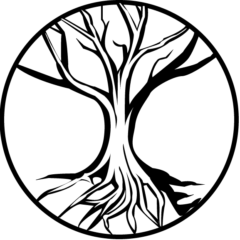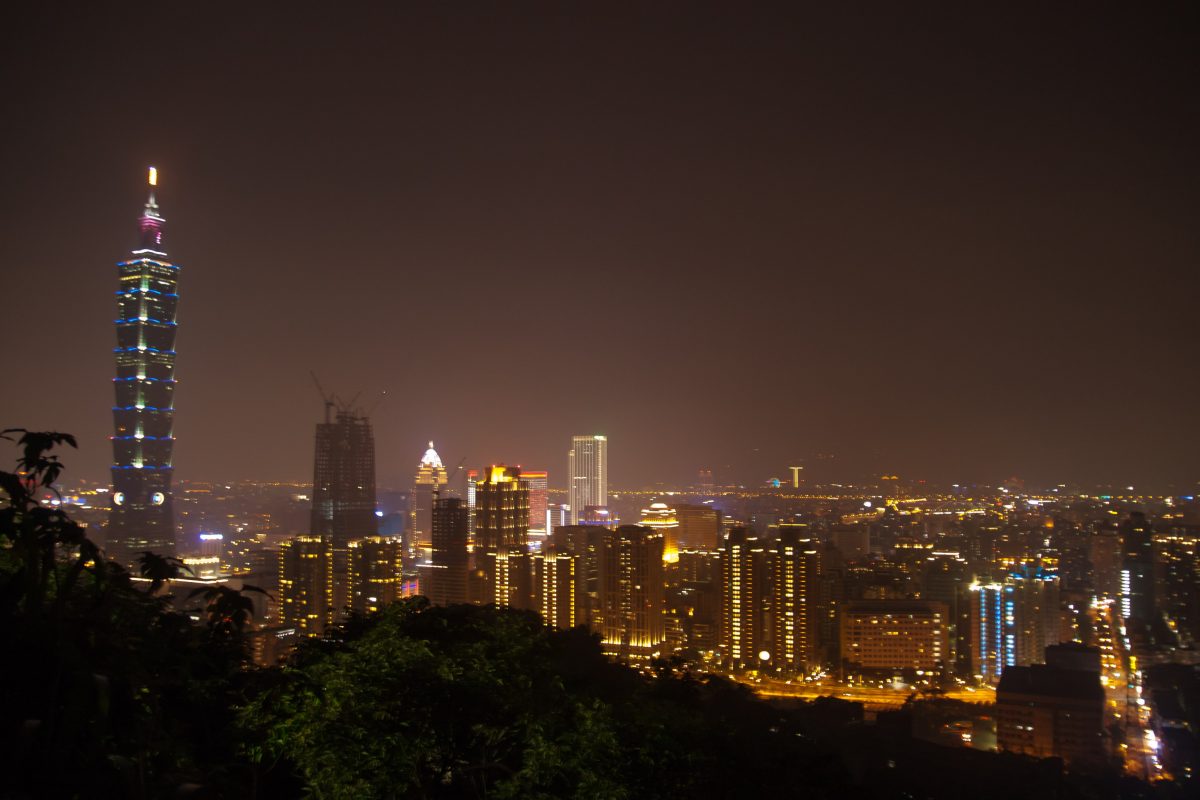First posted on TVG in China, 2016. I’m currently archiving old posts onto one blog.
I didn’t expect to get to Taiwan this year. I didn’t even expect to like it as much as I did, but it turns out that over my two years spent in Asia, this island was the China I’ve been looking for.
Taiwan has some complex politics. Many of the locals will tell you it is its own country. The Mainland however will tell you that Taiwan is a province of China. I don’t know enough about the topic enough yet to comment, but one thing is for sure – it is a political challenge that has troubled the Chinese strait for decades. I have heard that until very recently, Taiwan’s main official political goal was actually to retake the mainland, but that has been dropped now.
Let’s not go too deep on politics for now however.
I spent the majority of the trip in capital, Taipei; only having a few days meant that going down to the beaches of the south wasn’t an option. Luckily, the Taipei area had more than enough for the limited time.
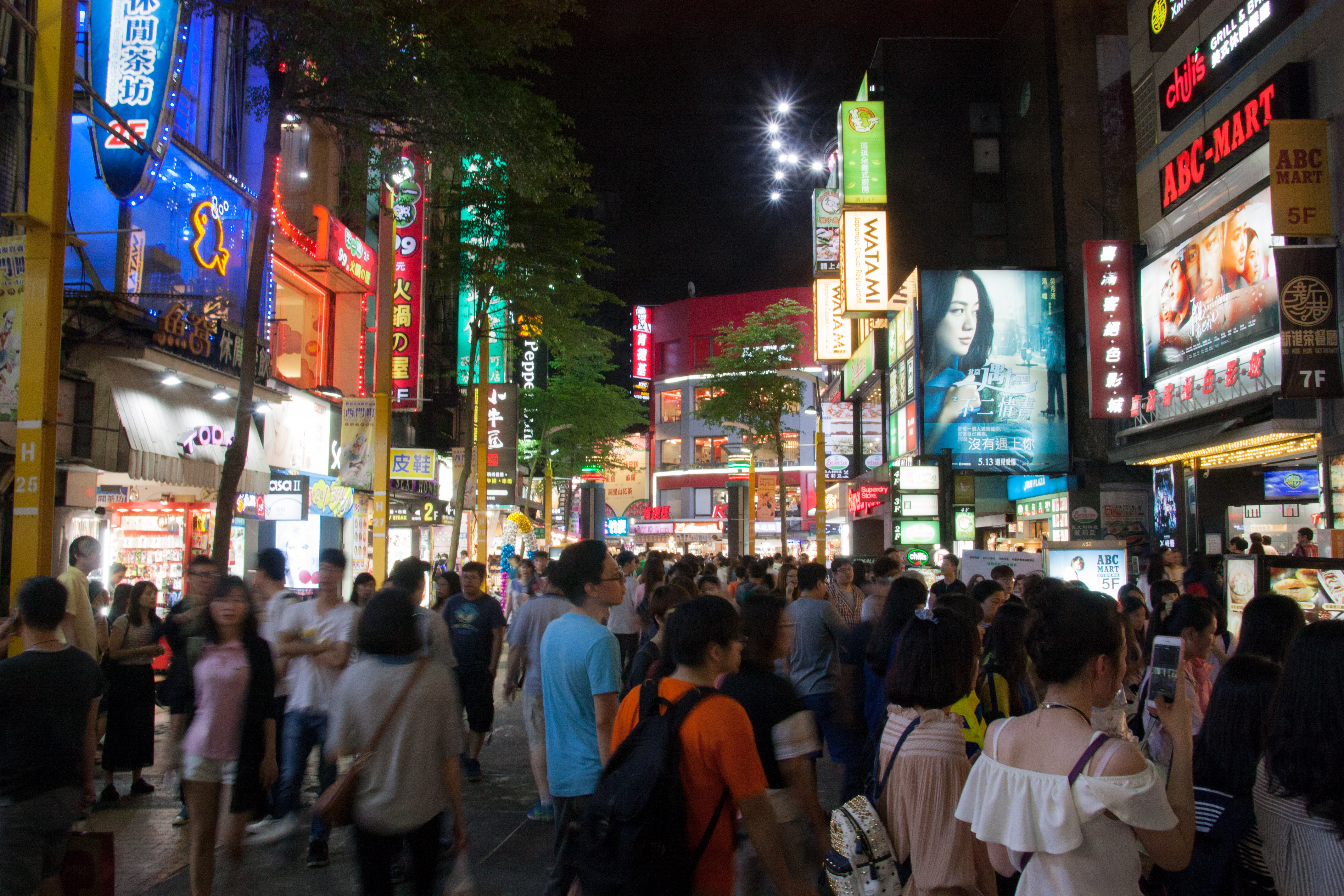
Just north of the hostel was ximending, a well known shopping district. The shopping itself wasn’t much of an attraction, but instead the subtle differences from the mainland were interesting. Most striking was an extra script on many of the shop signs. It’s no secret that China does not like Japan. I’ve met 5 year olds who already proudly express their hate of Japanese people without understanding why. In Taiwan however, where Japanese influence has been stronger, many of the signs use Japanese as well as Chinese.
Other elements of Japanese culture were present too. Anime characters appeared on signs and in the city’s graffiti. Japanese food was everywhere, and Japanese brands were more common.
I haven’t really considered possible reasons for this phenomenon, but as a passing thought, it could well come down to Taiwanese people thinking more independently than those in the mainland. Geography may also play a part, seeing as the two countries are divided only by a short space of water. Truth is however, I don’t know why.
A wander around the local area helped me understand a bit more about what Taipei is all about .
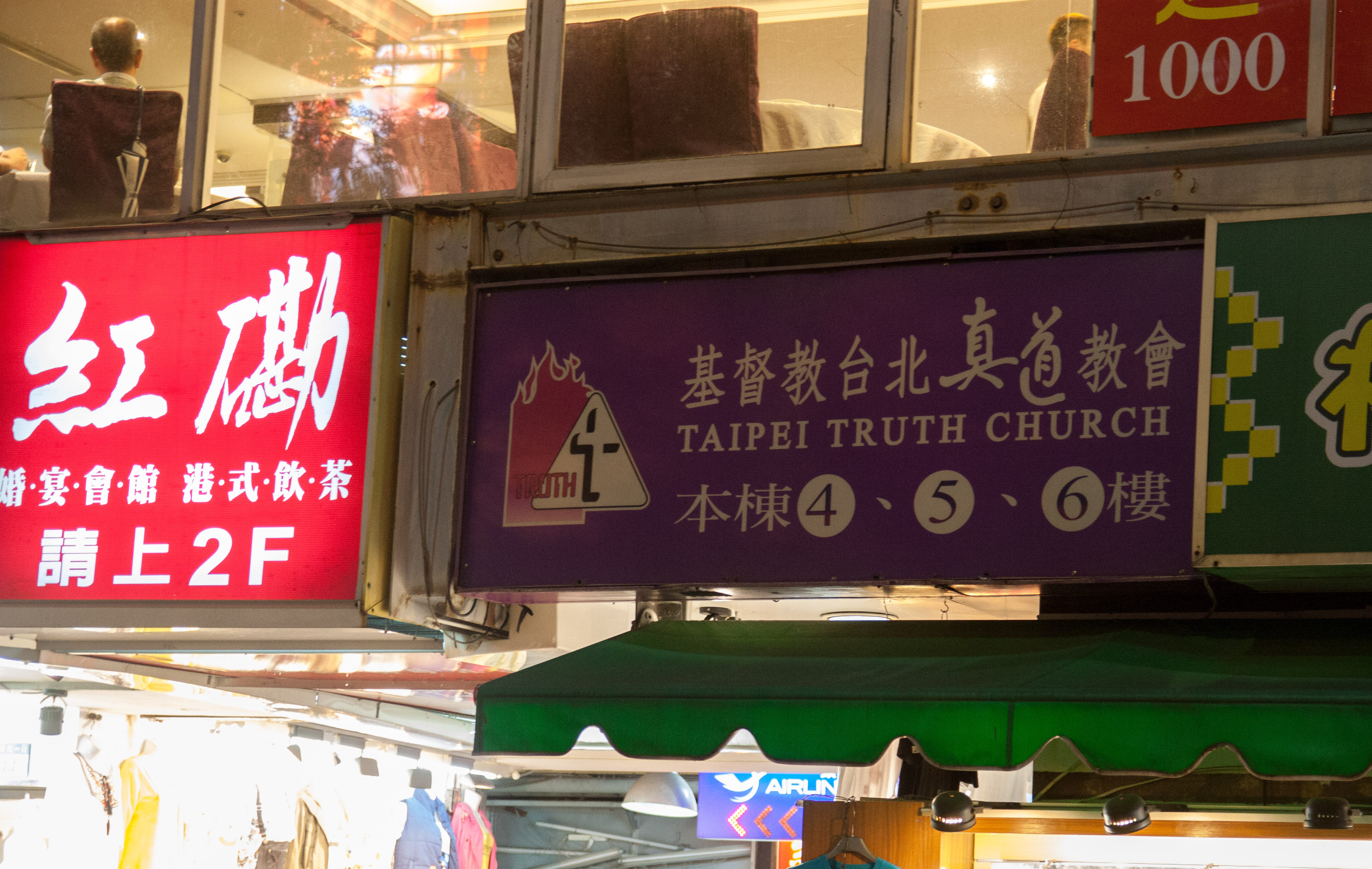
A sign for a church might not seem like month, but once again this is an interesting comparison to the mainland. There are churches in China, but you won’t see them this obviously. Churches over here in Beijing are state controlled and non-state churches can get in serious trouble. I haven’t seen a single sign for a church, state owned or not, in the mainland. I have however visited a few. They tended to make use of public function spaces and move about a lot. One even was visited by the police, with a message to say the meetings couldn’t take place anymore in that particular building.
That is why a permanent building for a church shocked me.
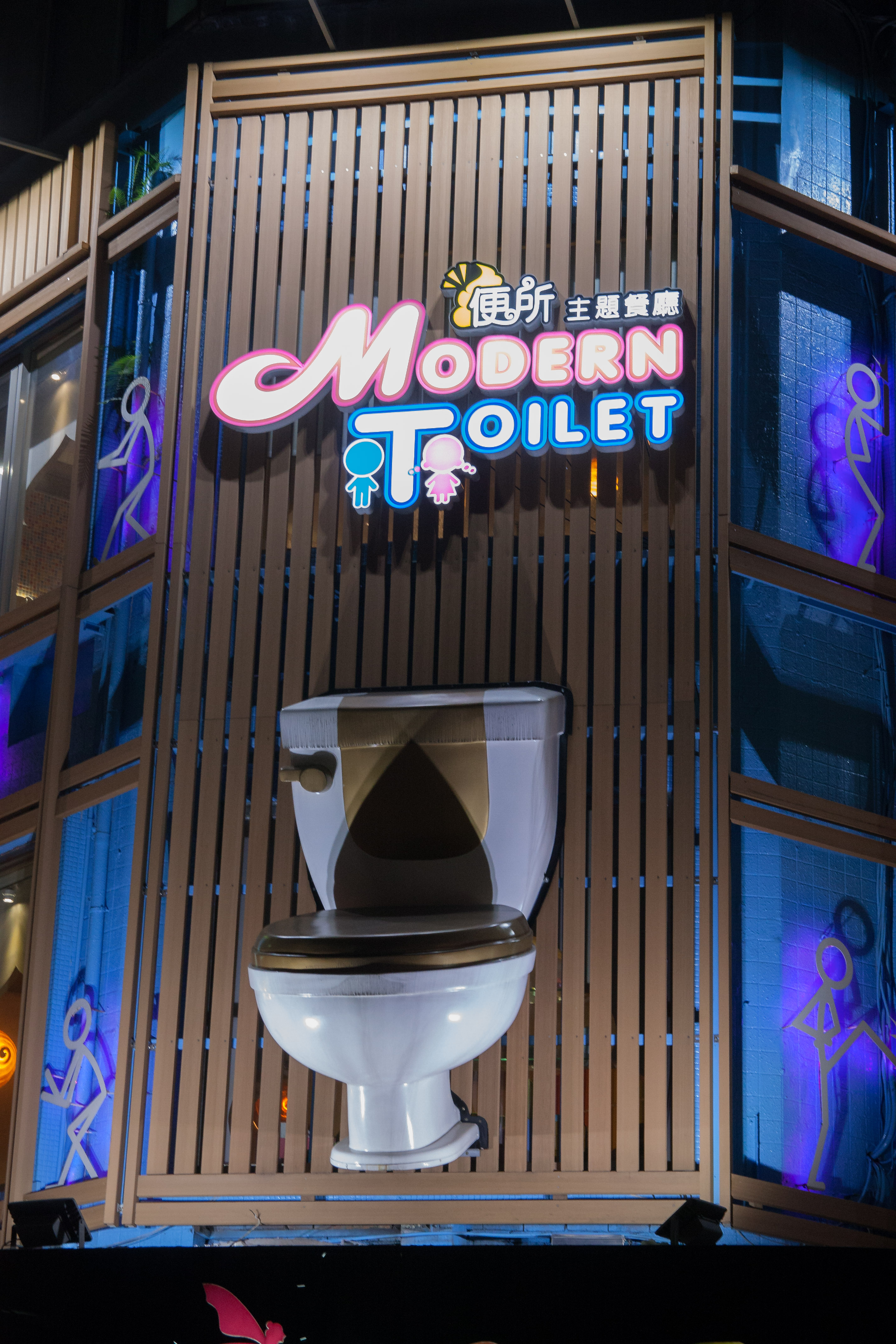
A rather large step away from churches, Taipei has a toilet themed restaurant, where you can eat toilet-themed food from a toilet shaped bowl. Delicious. I think you already know how they present the ice cream.
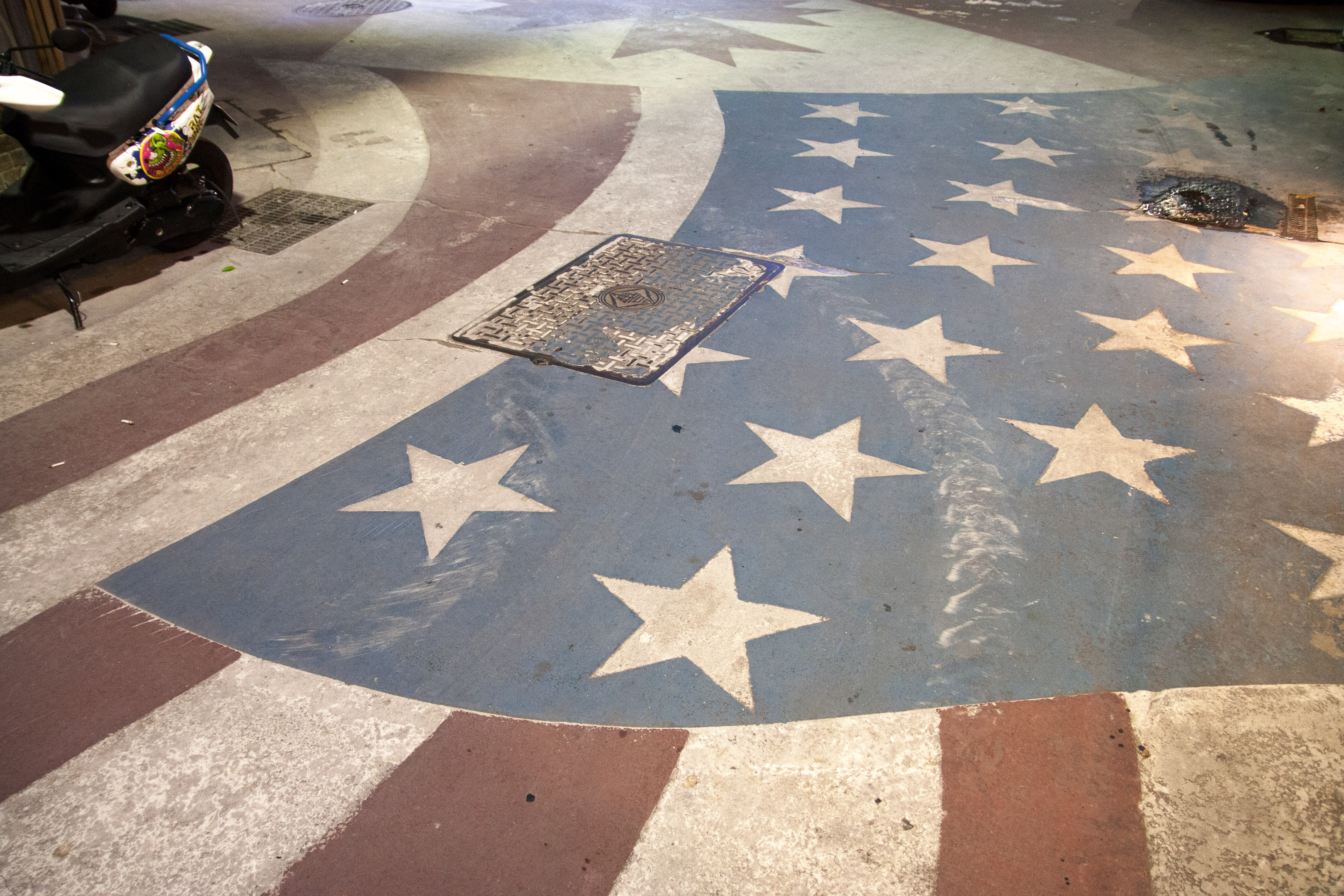
Another thing you wouldn’t see in the mainland – a street devoted to the US. this narrow street had the star spangled banner painted dramatically across the ground and was lined by the more hipster looking shops.
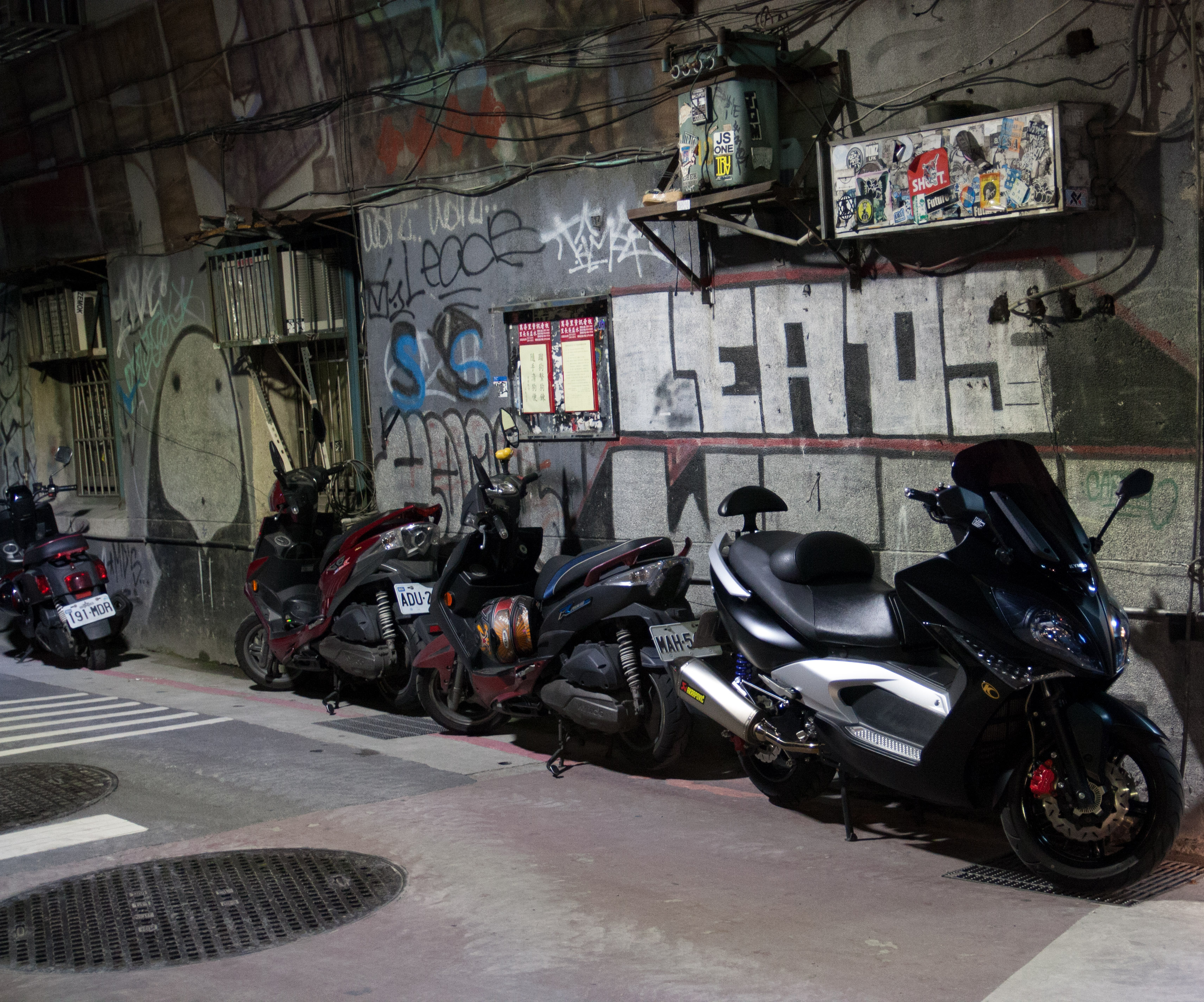
The street also had its fair share of graffiti, something which I must say is done pretty well in Taipei. I like a good bit of high quality graffiti, so it was nice to see it again. In Beijing it is basically restricted to the wonderful 798 art district.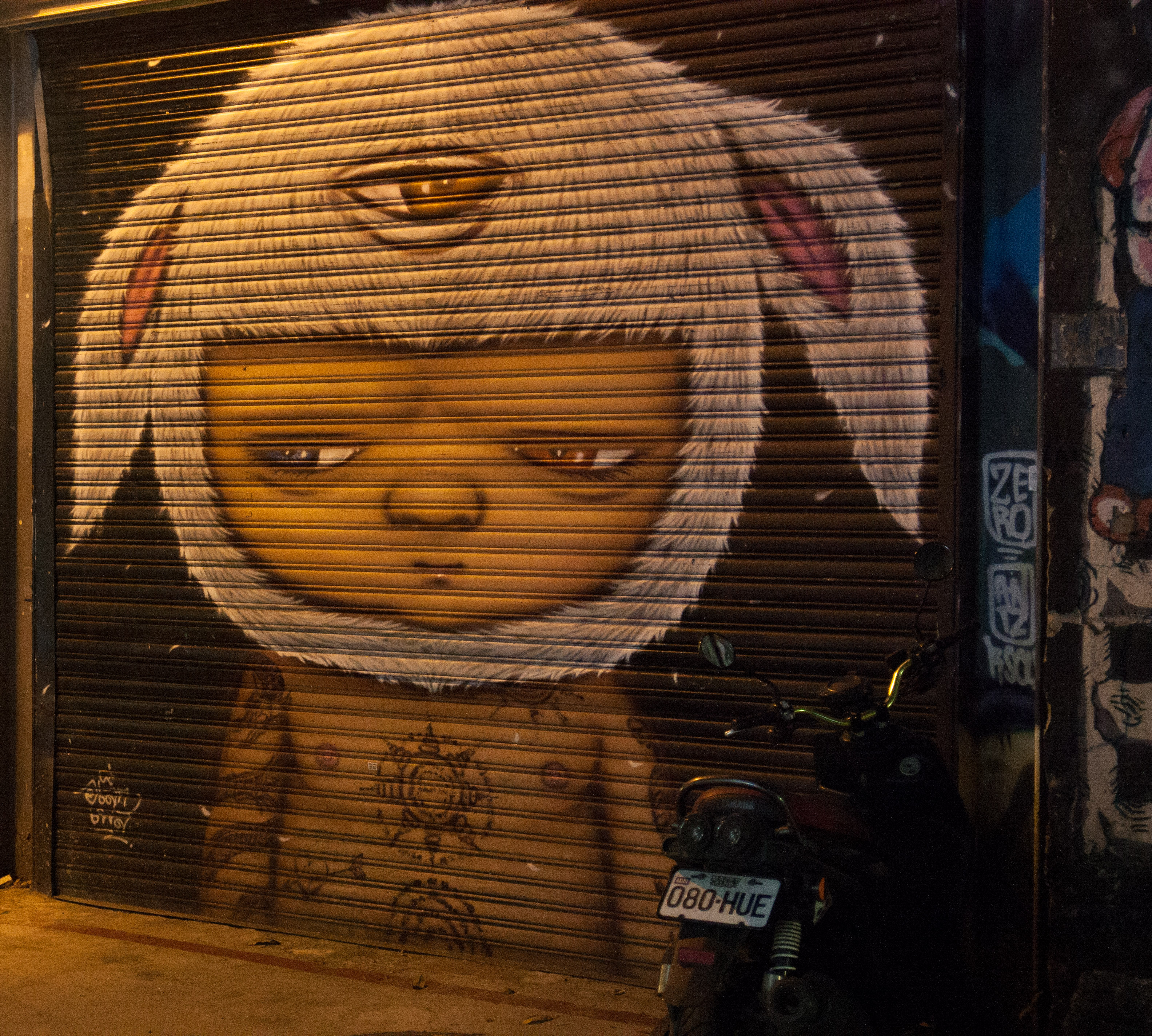
One thing I now consider characteristic of Taipei from my short stay there are small shops stuffed to the brim with odd bits and pieces. Like the shop below devoted to fans, or the shop next door selling a single manikin.
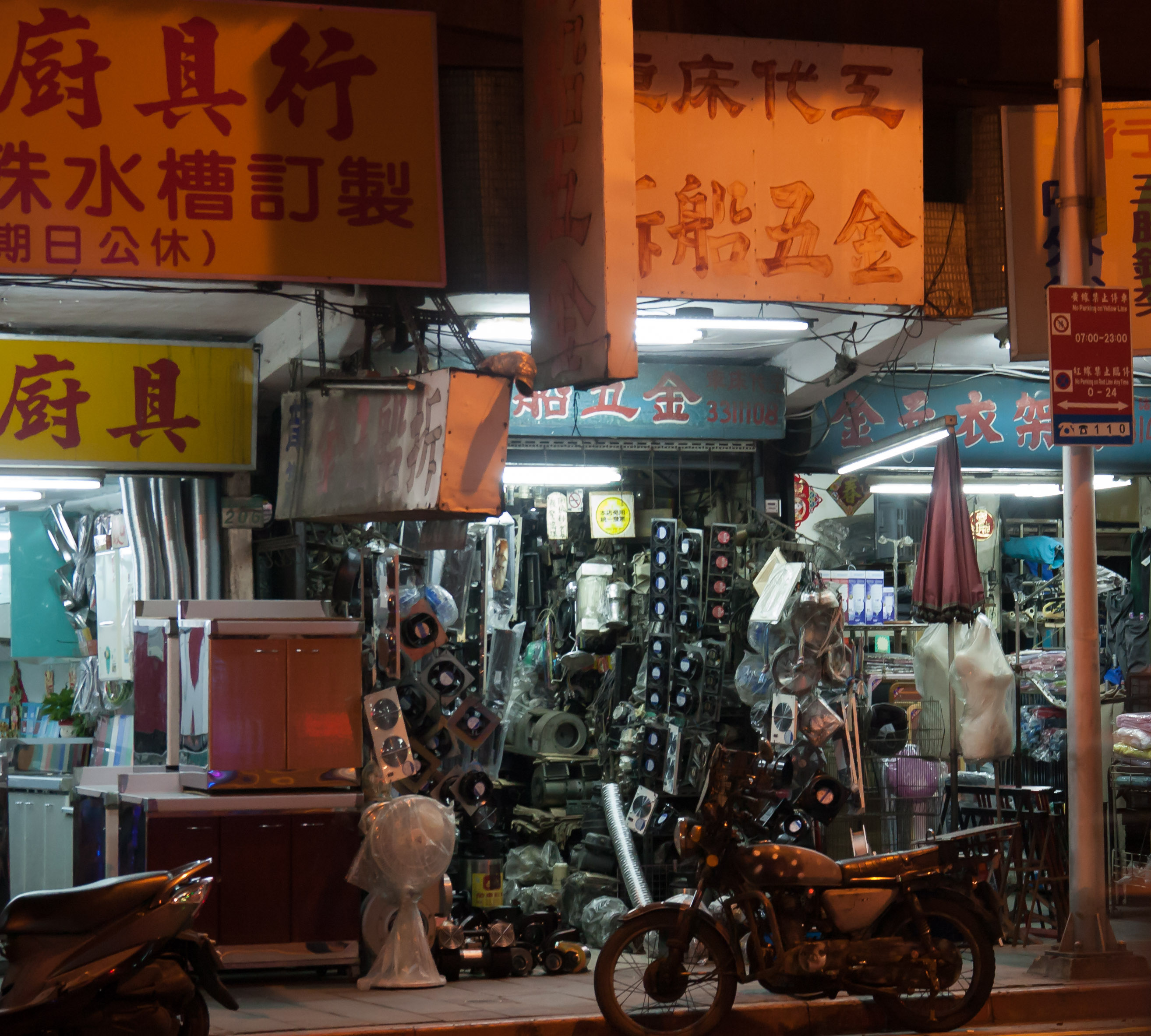
Another omnipresent sight in Taiwan was the motorbike and the moped. Although the supposed 9 million bikes of Beijing have very much disappeared, Taiwan is flooded in their mechanised counterparts.
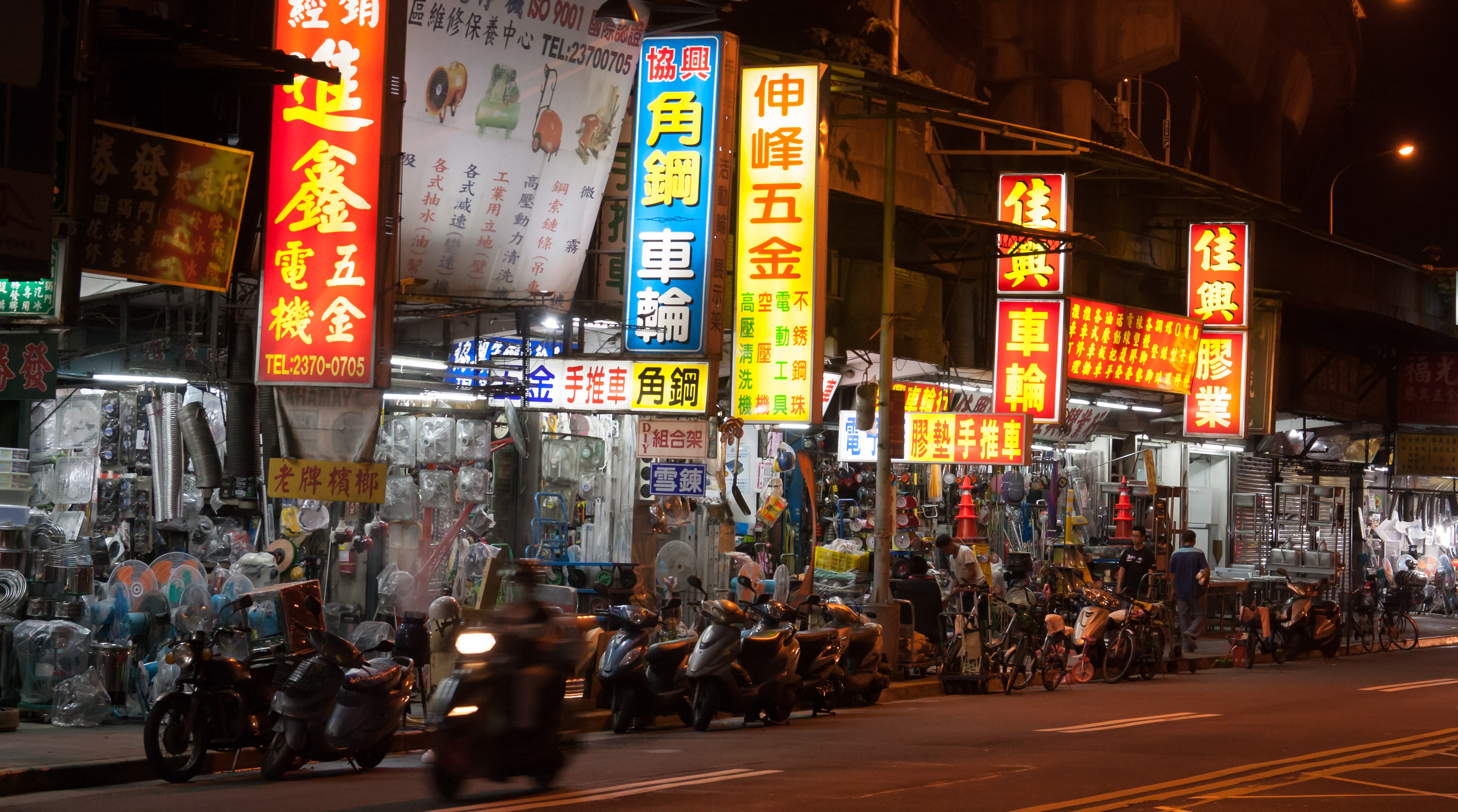
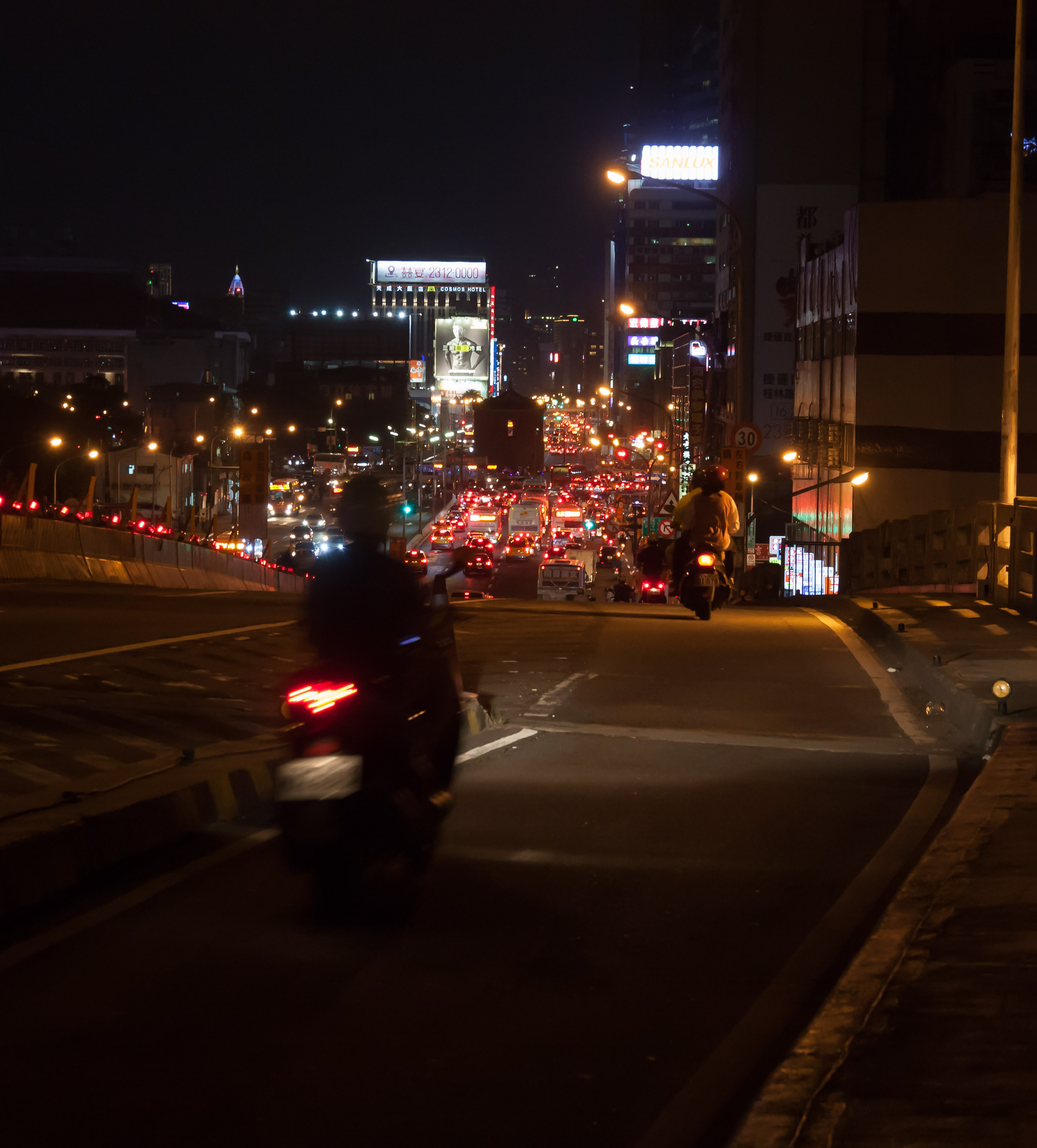
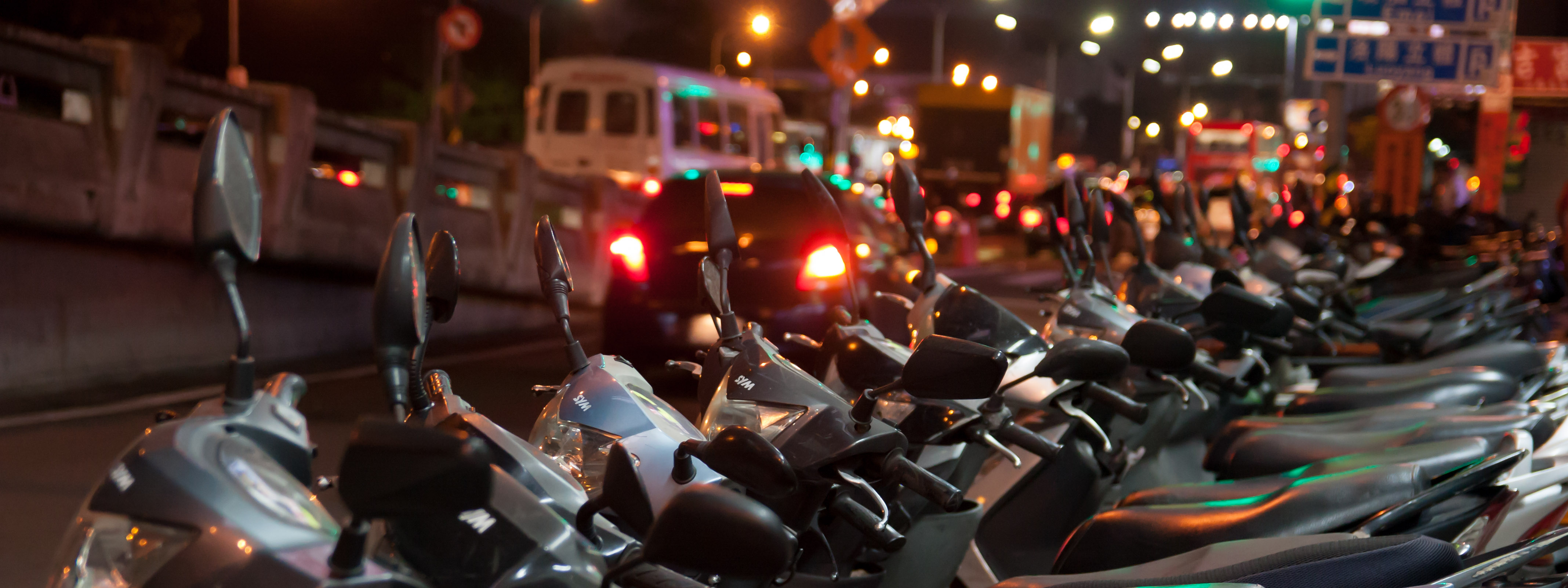
If there is one name you should know before a visit to Taiwan, it would be Chiang Kai shek. As the father of modern Taiwan, and former leader of the Republic of China, He is in some ways Taiwan’s Mao Zedong.
In the Chinese Civil War which resulted in victory for the Chinese Communist party, Chiang Kai shek was forced to retreat to Taiwan, where the republic has remained ever since.
I’ve got to say however, the Chiang Kai Shek memorial is a bit grander than Mao’s mausoleum.
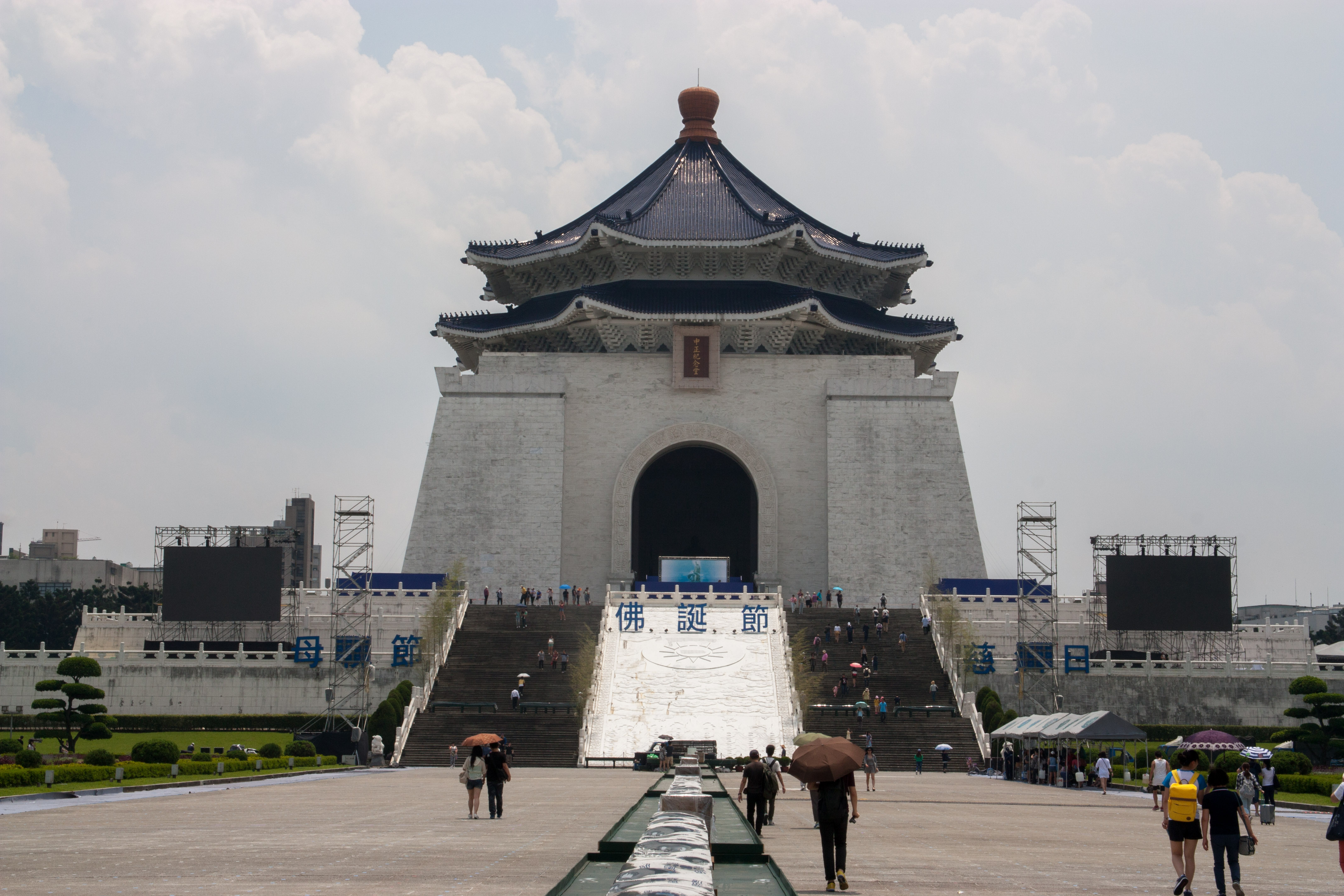
Here’s Chiang in immortalised form inside his memorial. 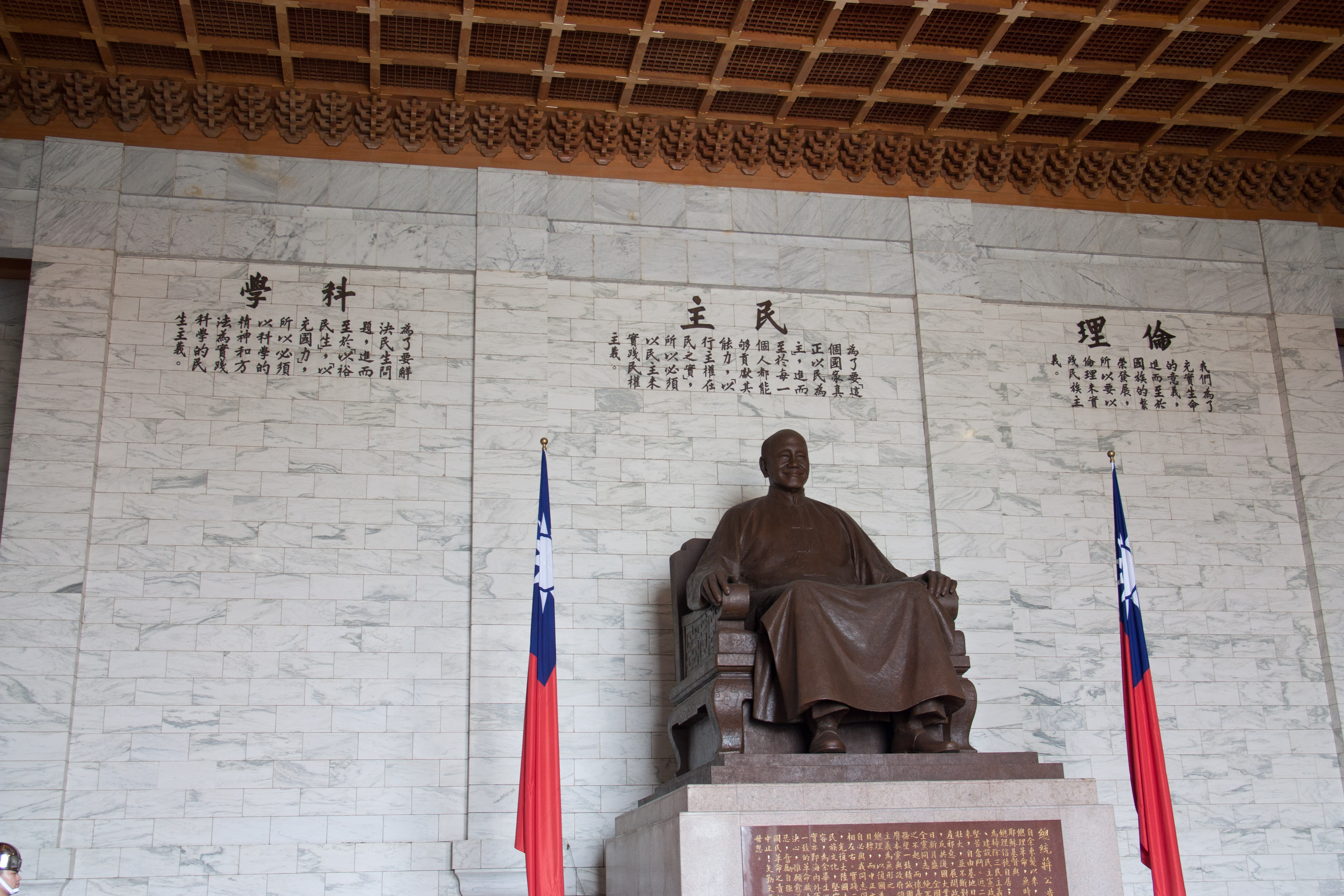
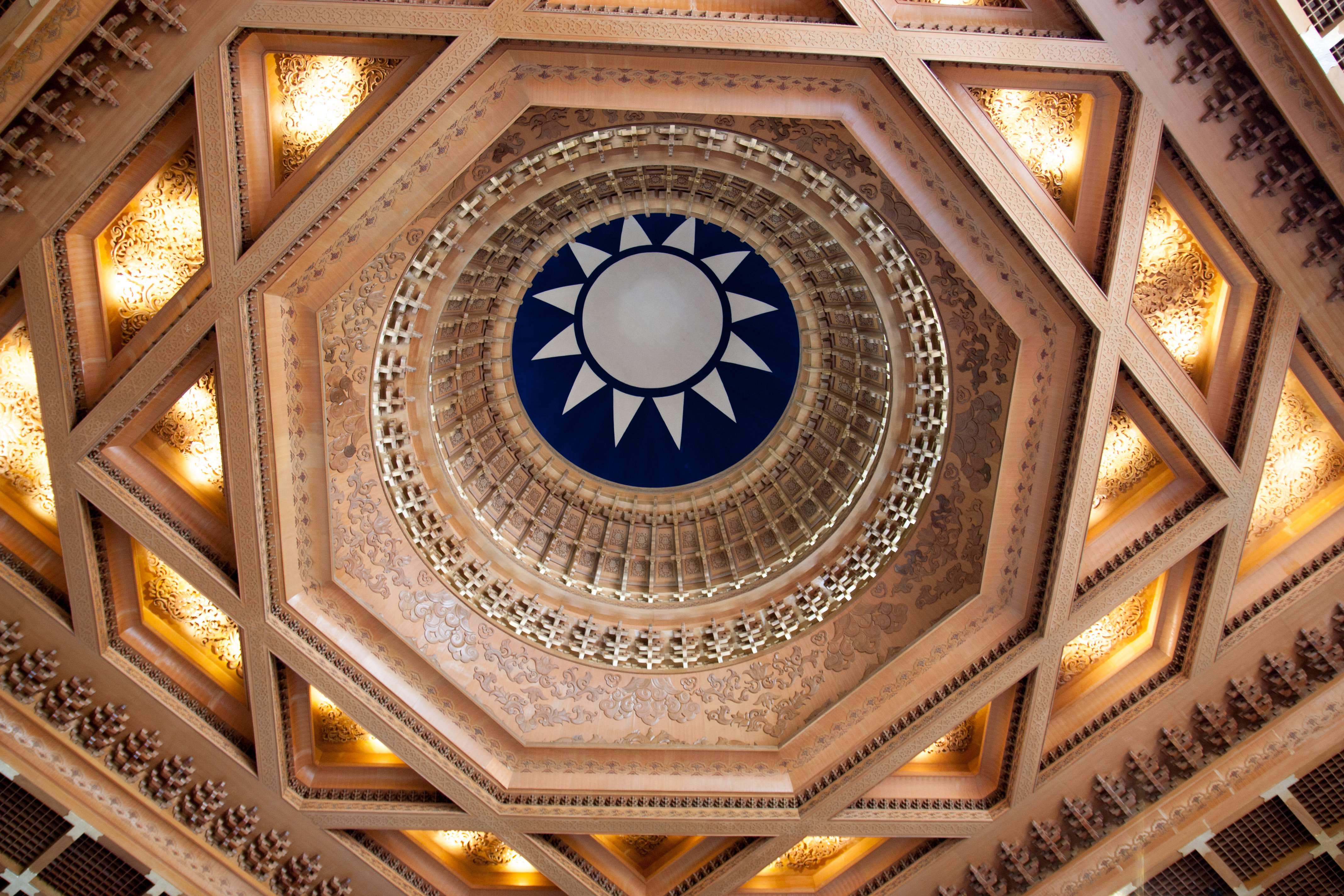
Even though the Chiang sat in the memorial is a statue, he still enjoys a permanent guard, which changes every hour. The modern age and the love of mobile phones in Asia adds a new twist to the hourly occasion.
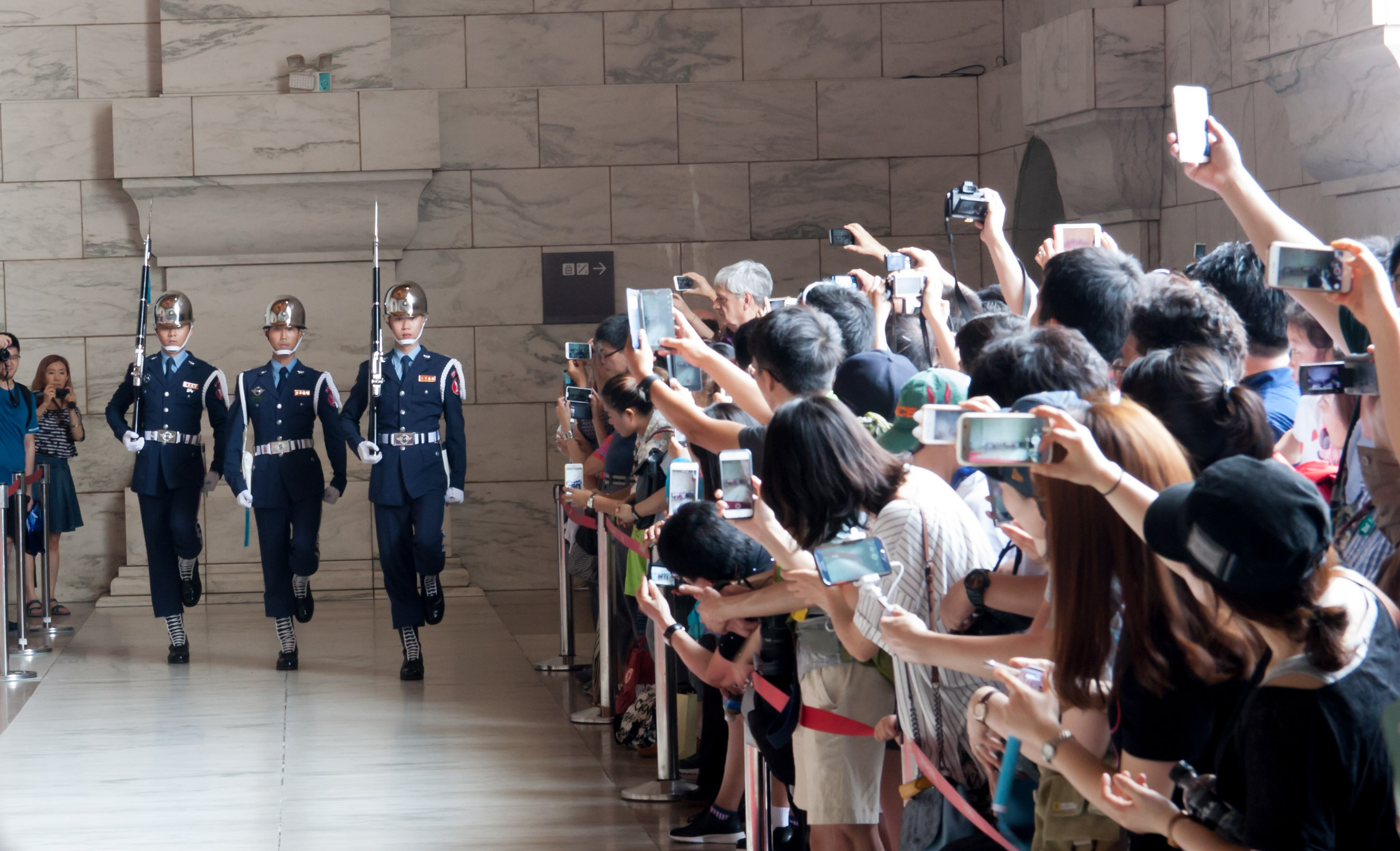
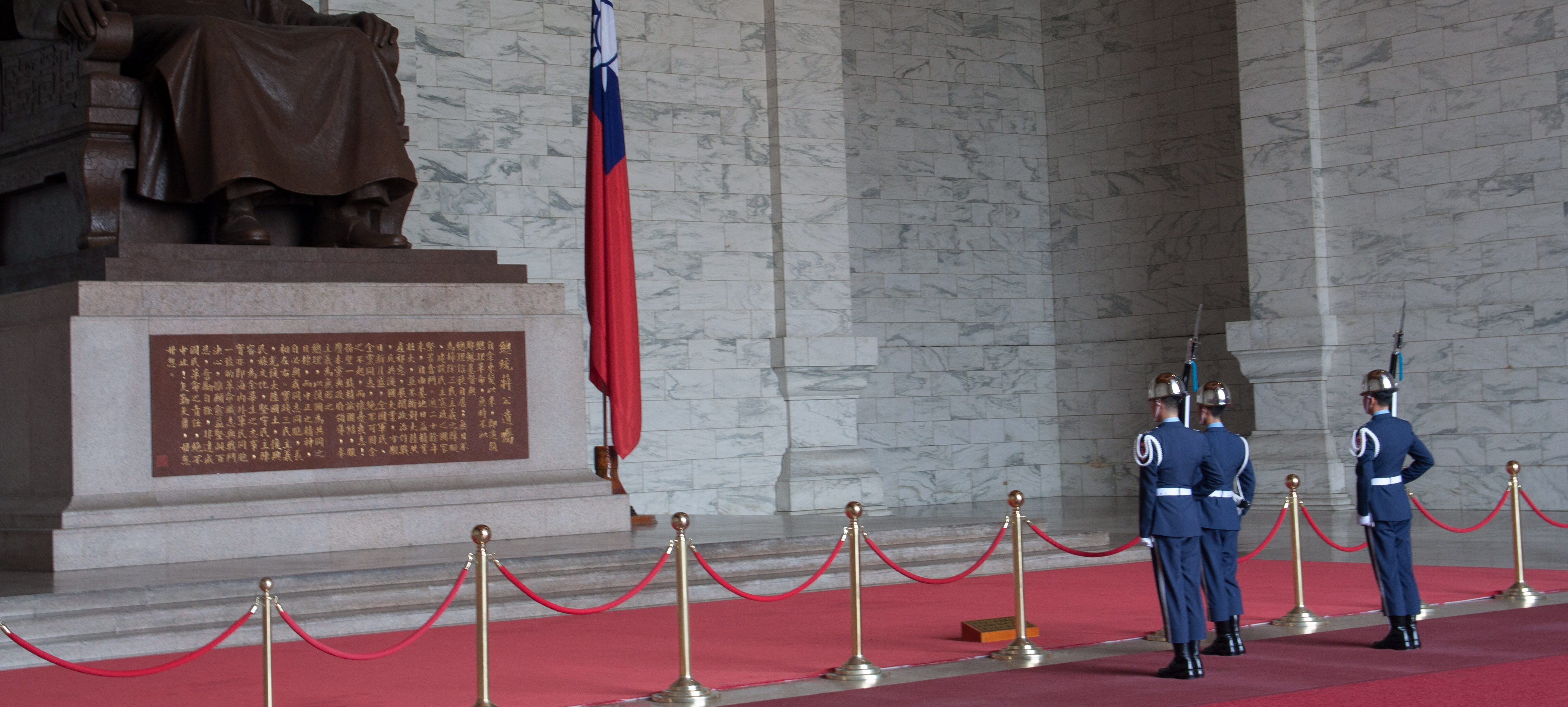
Downstairs from the memorial hall you can find an exhibition hall containing some particularly interesting items, especially the paintings.
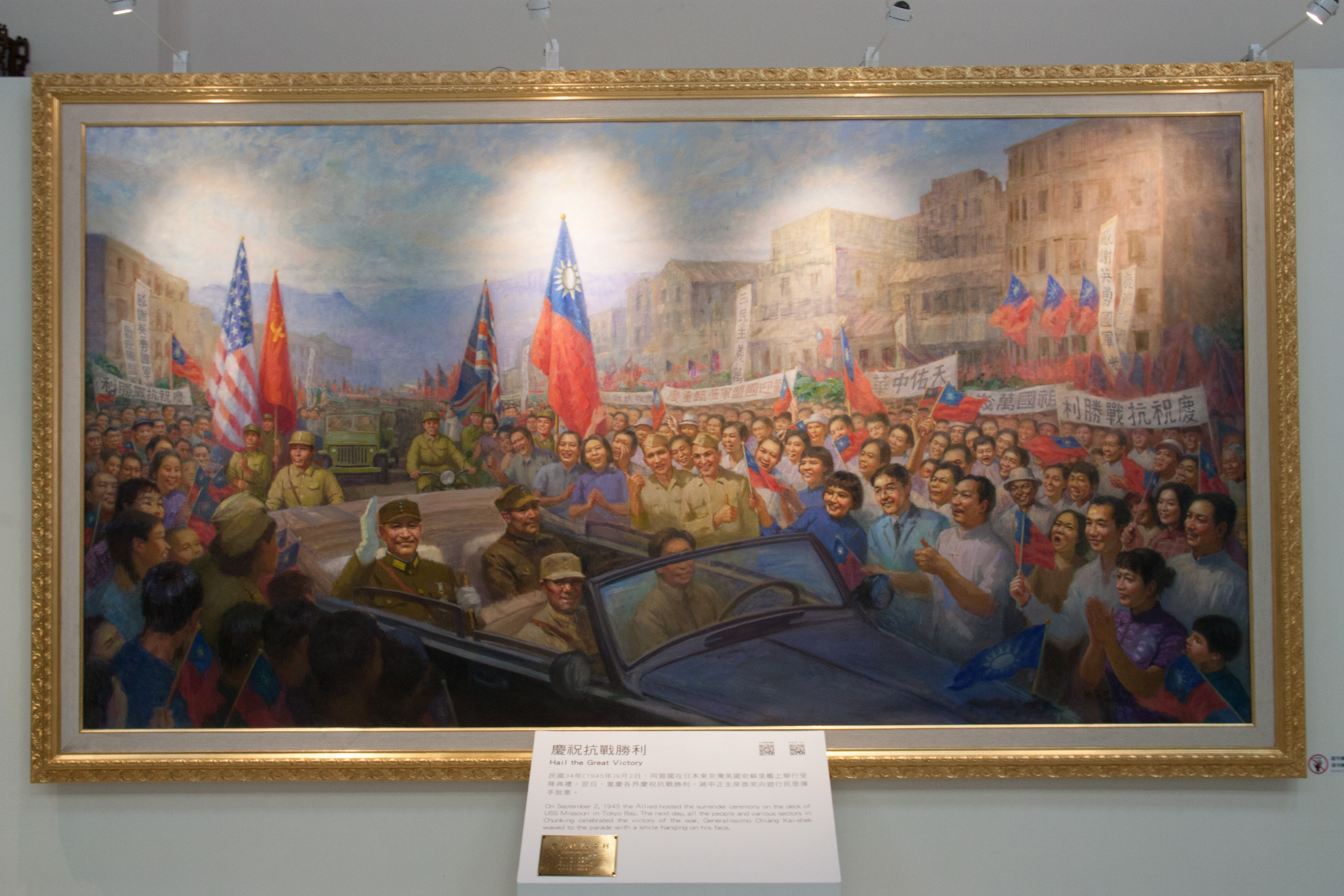
Above is a painting commemorating the celebration the end of the war with Japan. This was, if the flags shown actually were all there, probably the only time in history where American, British, Nationalist and Communists Chinese flags all flew together in celebration.
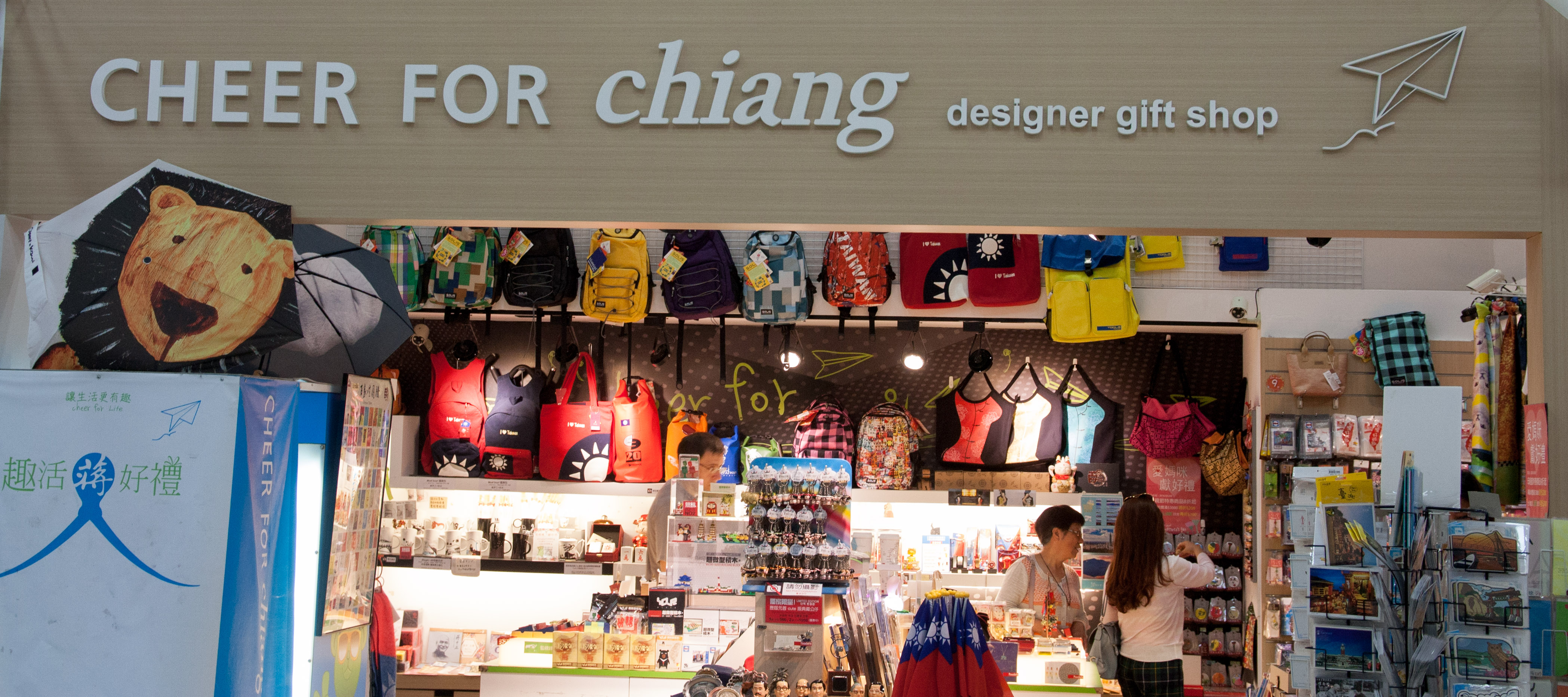
I found the gift shop fascinating for the huge contrast with the mainland. Chiang is represented as an enemy half the time in Chinese exhibition spaces. Not even Mao really enjoys the praise he used to, often being the butt of jokes instead.
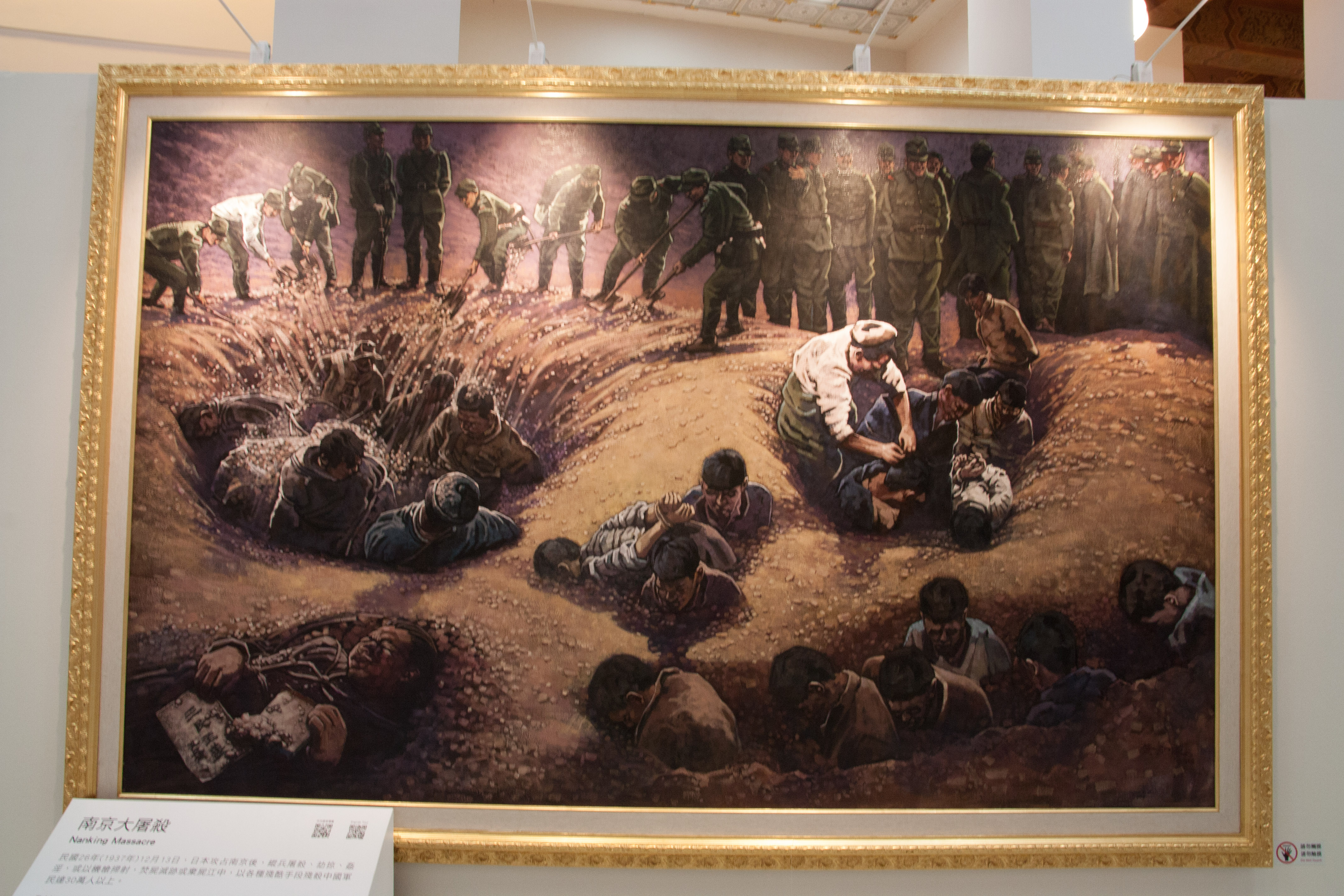
Just like the mainland, artistic expression of war with the Japanese is a grim affair, but it certainly isn’t as sensationalist and gory in Taiwan. A painting of Japanese soldiers burying victims is grim, but compared to most depictions I’ve seen in Mainland museums, the Taiwanese pieces are particularly tasteful.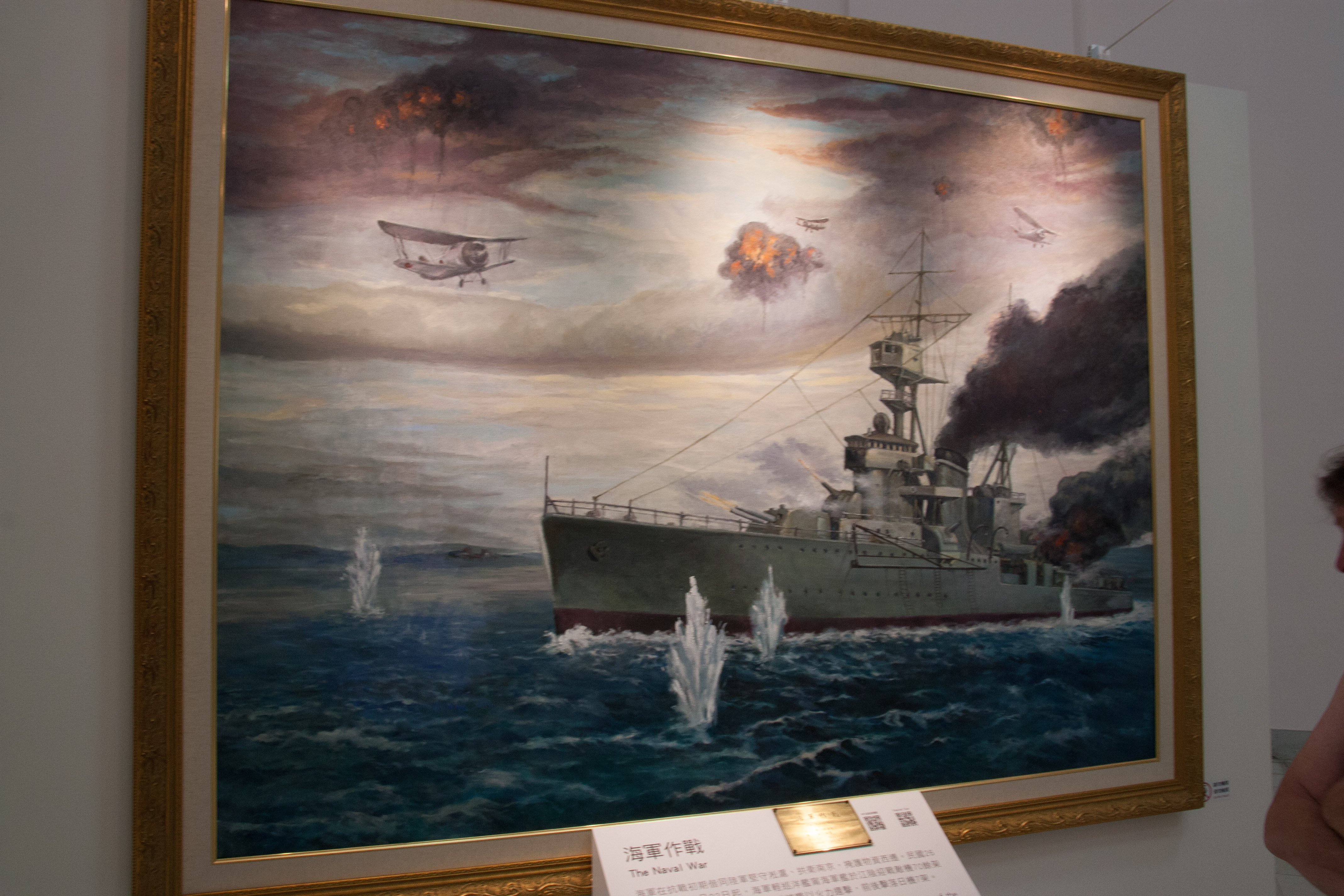
Taiwan once upon a time was home to the tallest building in the world, Taipei 101.
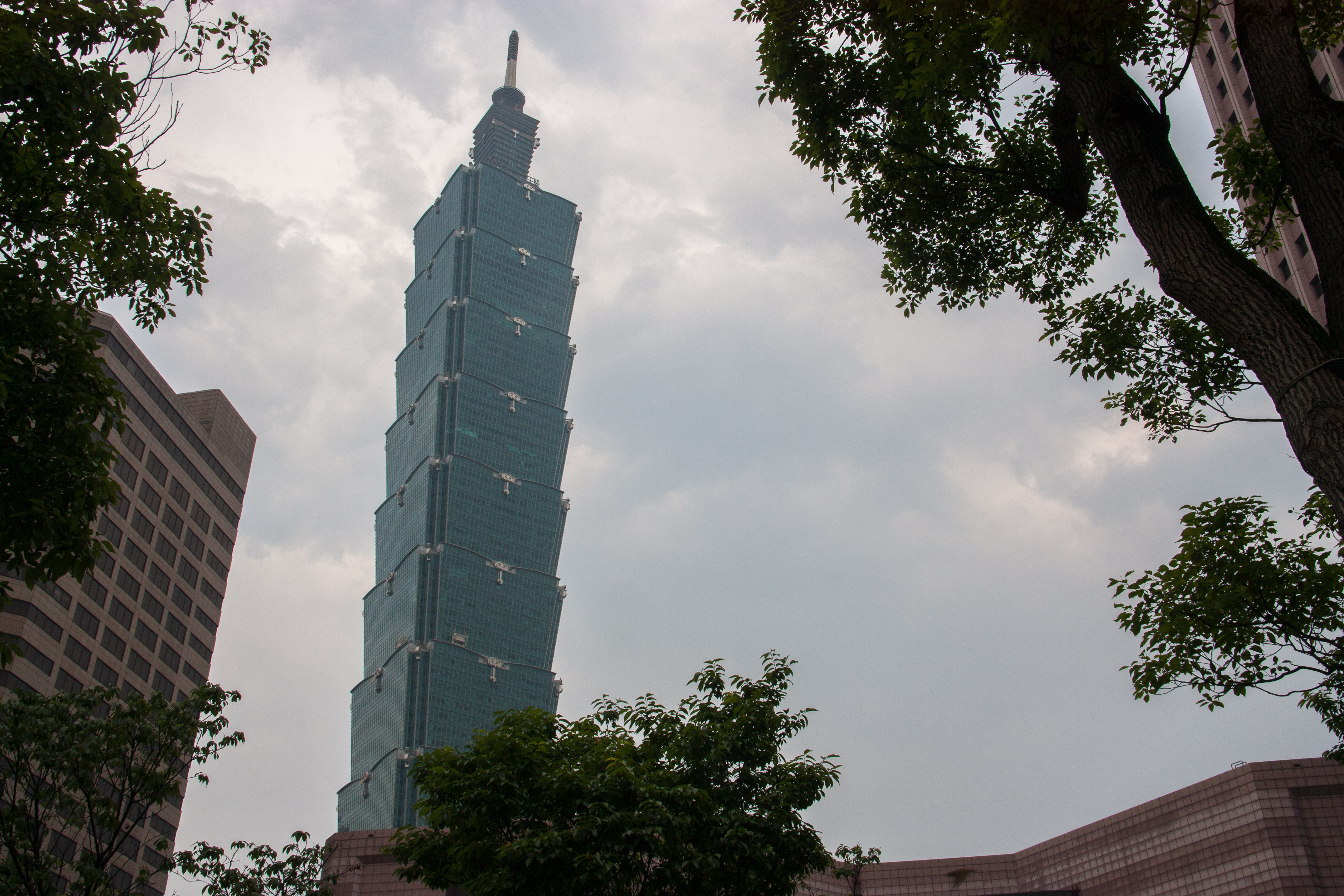
Although it has been surpassed quite considerably now by buildings in China, Malaysia and Dubai, it’s still quite a sight, especially at night from Þ▒íÕ▒▒, elephant hill, a mountain just a short distance from the centre of the city. 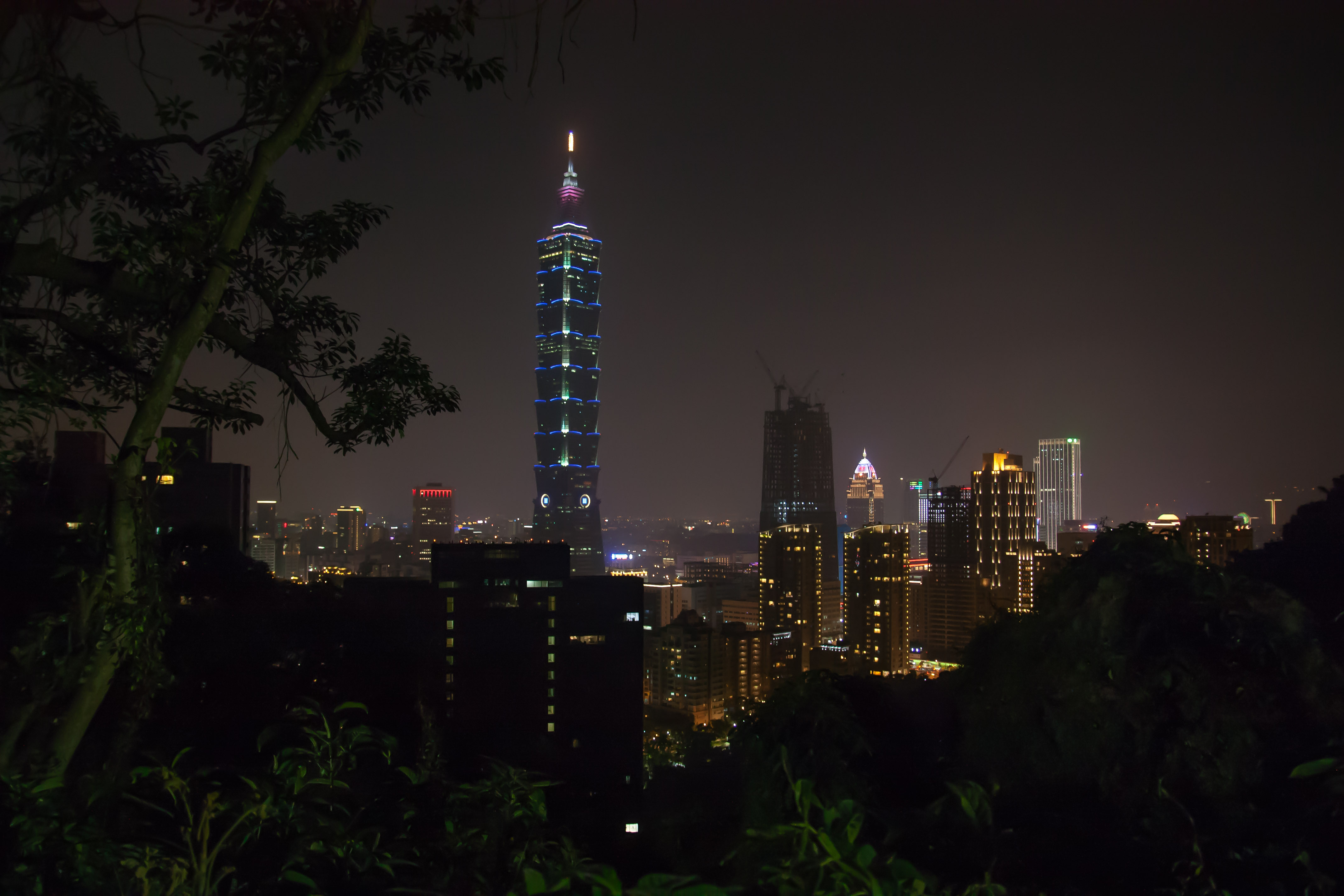
Although the city lights are all too clear from the mountain – it’s really the place’s speciality – elephant hill highlights Taiwan’s greatest asset, as far as I’m concerned. Wherever you go in Taiwan, nature won’t be far away. Taibei may be a city of several million, but it is also surrounded by mountains covered from the foot to the peaks in lush green trees. So yes, the blinding glow of the city may have settled down below, but elephant hill mixed nature with city in a very special way.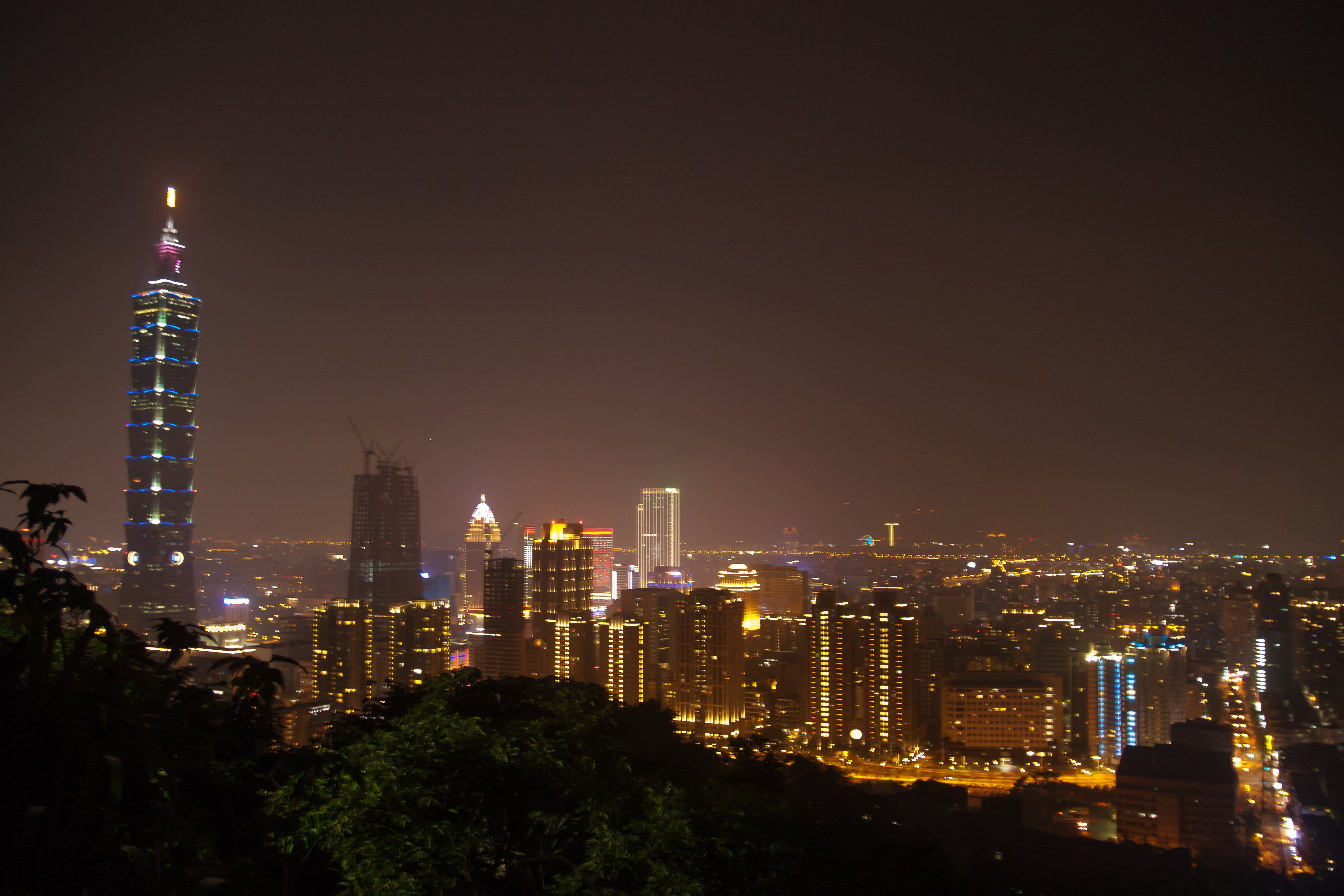
And on the mention of mountains and nature, we come to the most important part of Taiwan – it’s wonderful green space. I took a cable car out of the city to a small place in the mountains dotted with teahouses, named Maokong.
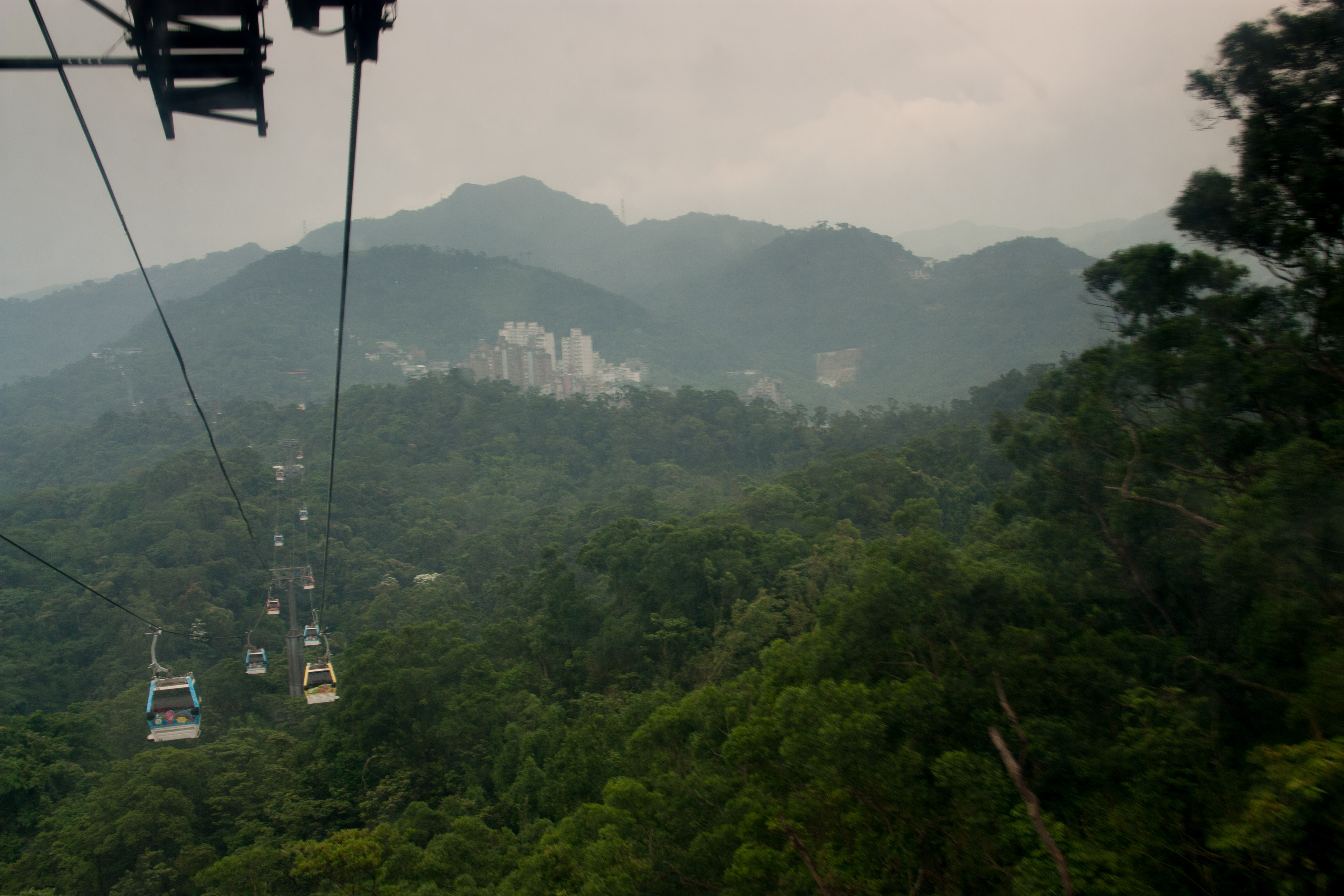
The cable car had the added pleasure of having a glass floor to remind you of high up you were.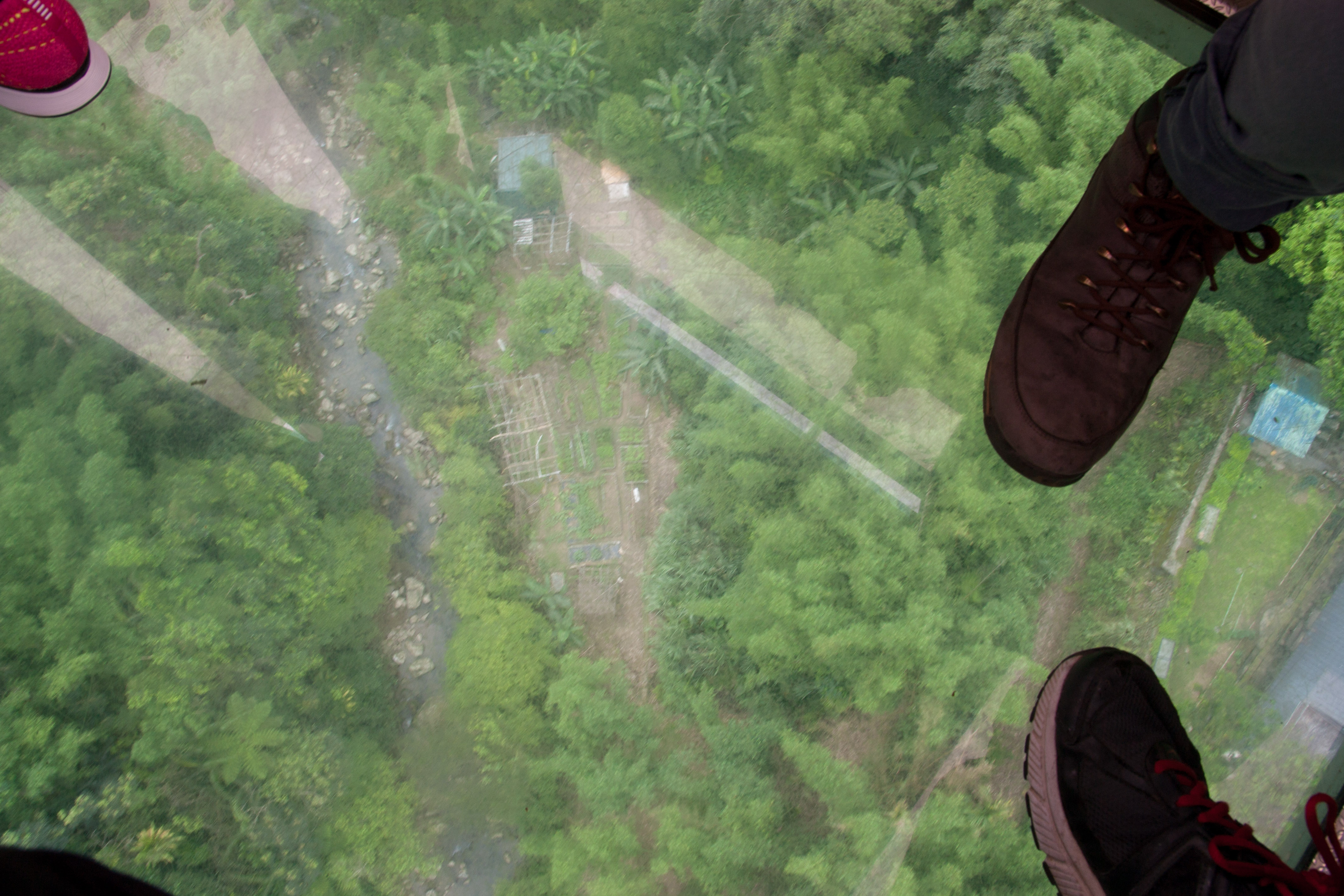
Taiwan is known for its tea, and up on Maokong, the tea did not disappoint. This pot was filled with a local tieguanyin tea.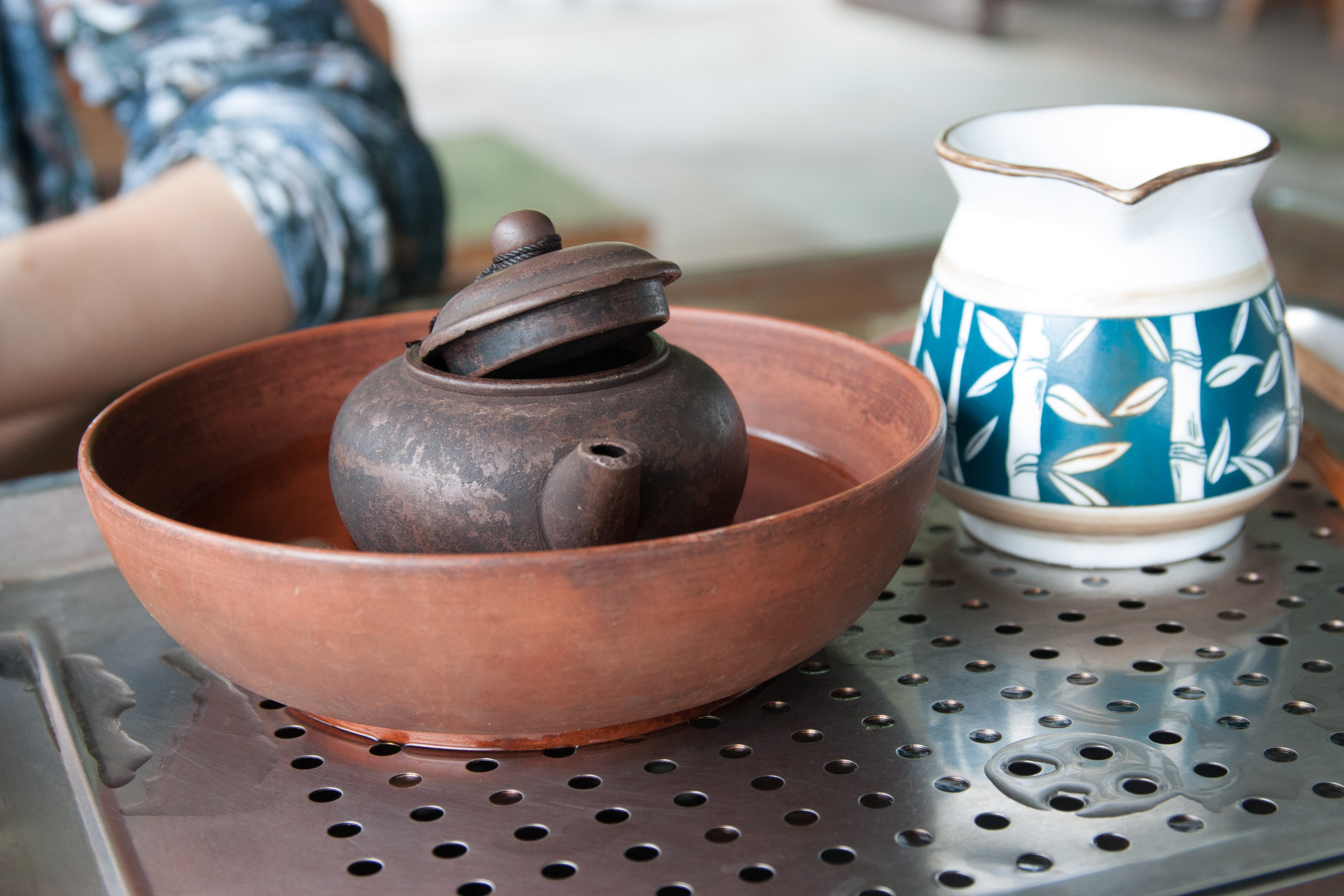
The teahouse was half open, so although a roof kept cover from the rain (and lightning storm that started half way through the tea), you could truly soak up the beautiful atmosphere. Coming from smoggy Beijing, that comment is only slightly figurative. Taiwan doesn’t have poison cloud which sits stubbornly over most Chinese cities – I was impossibly thankful for the reprieve Taiwan offered from it.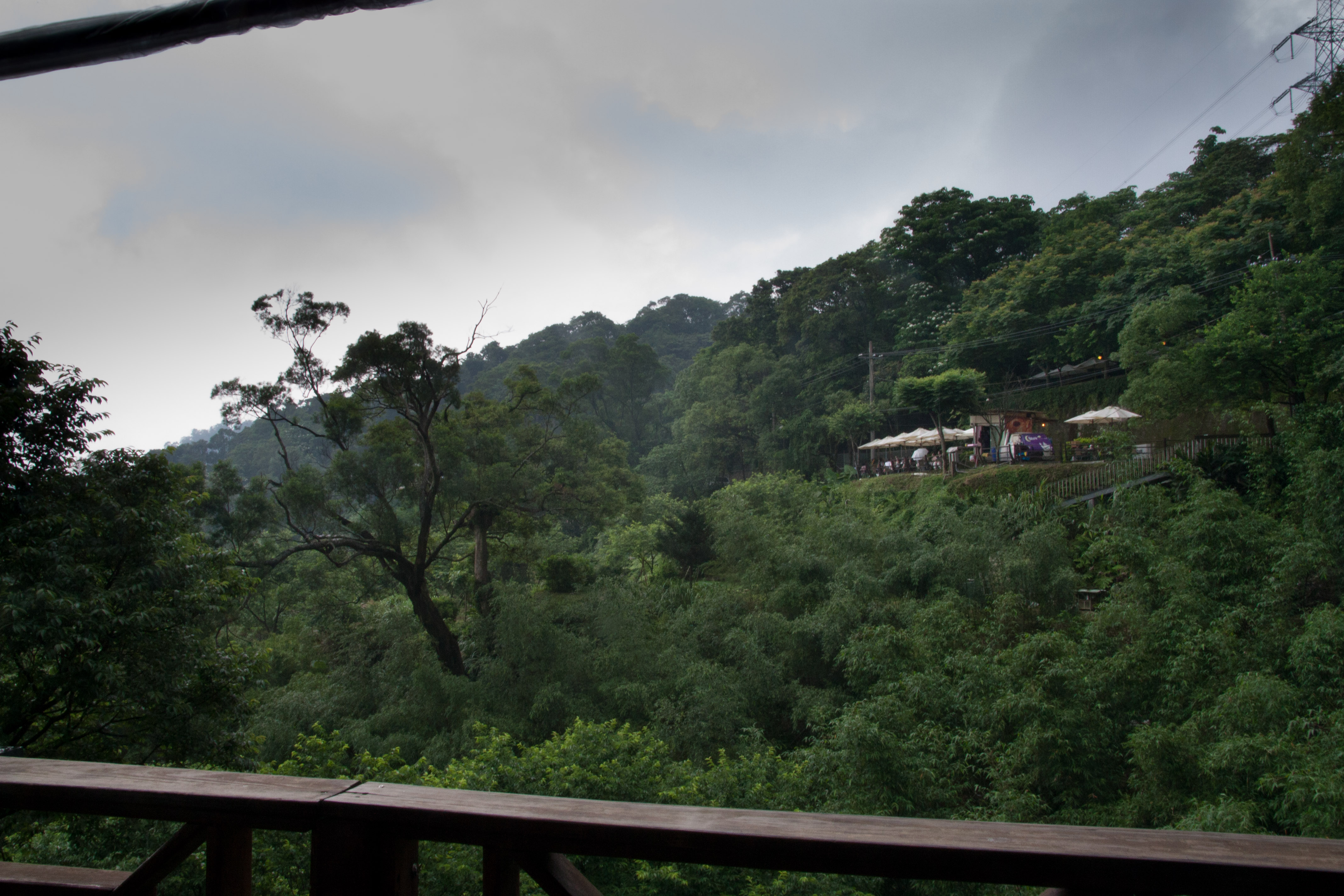
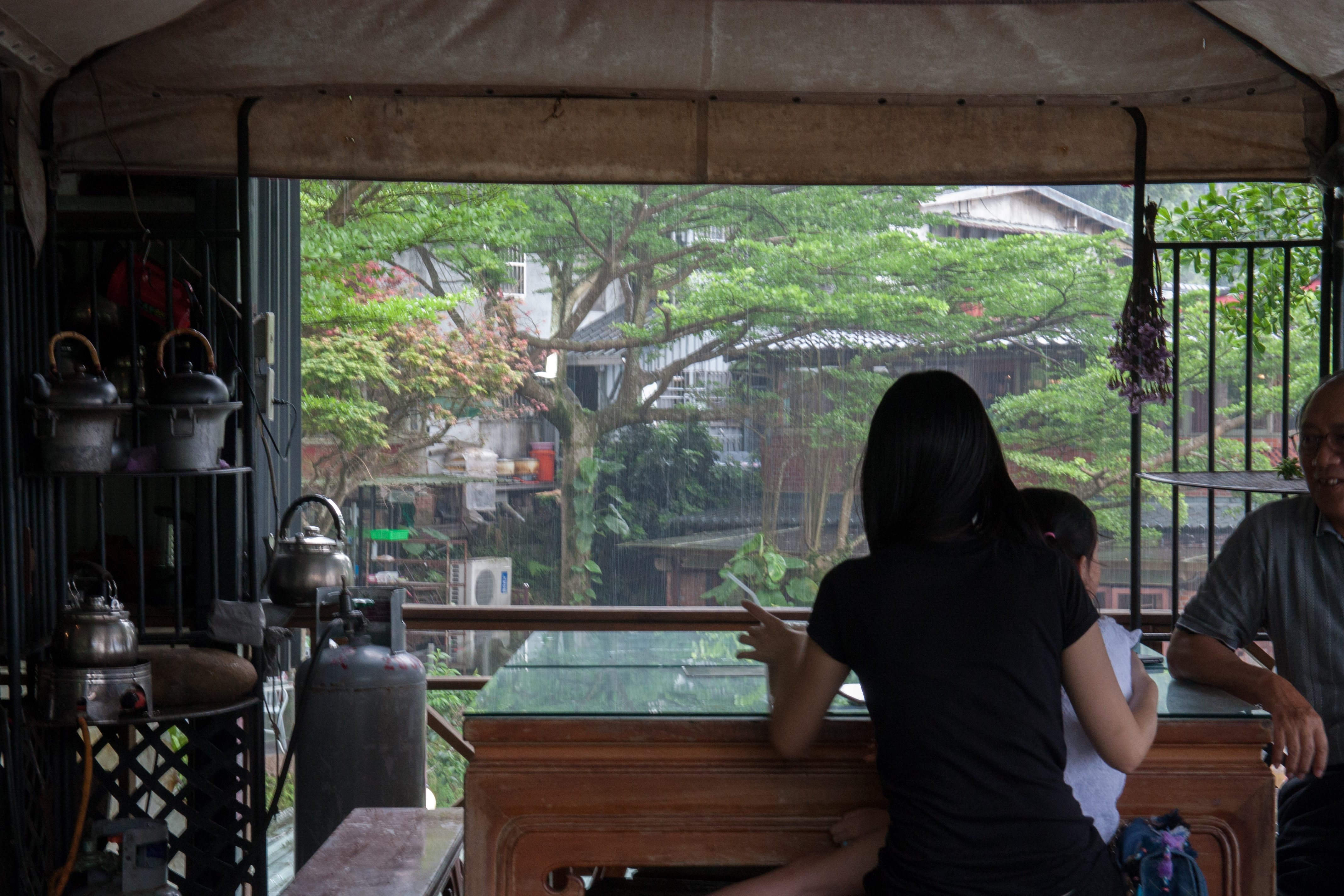

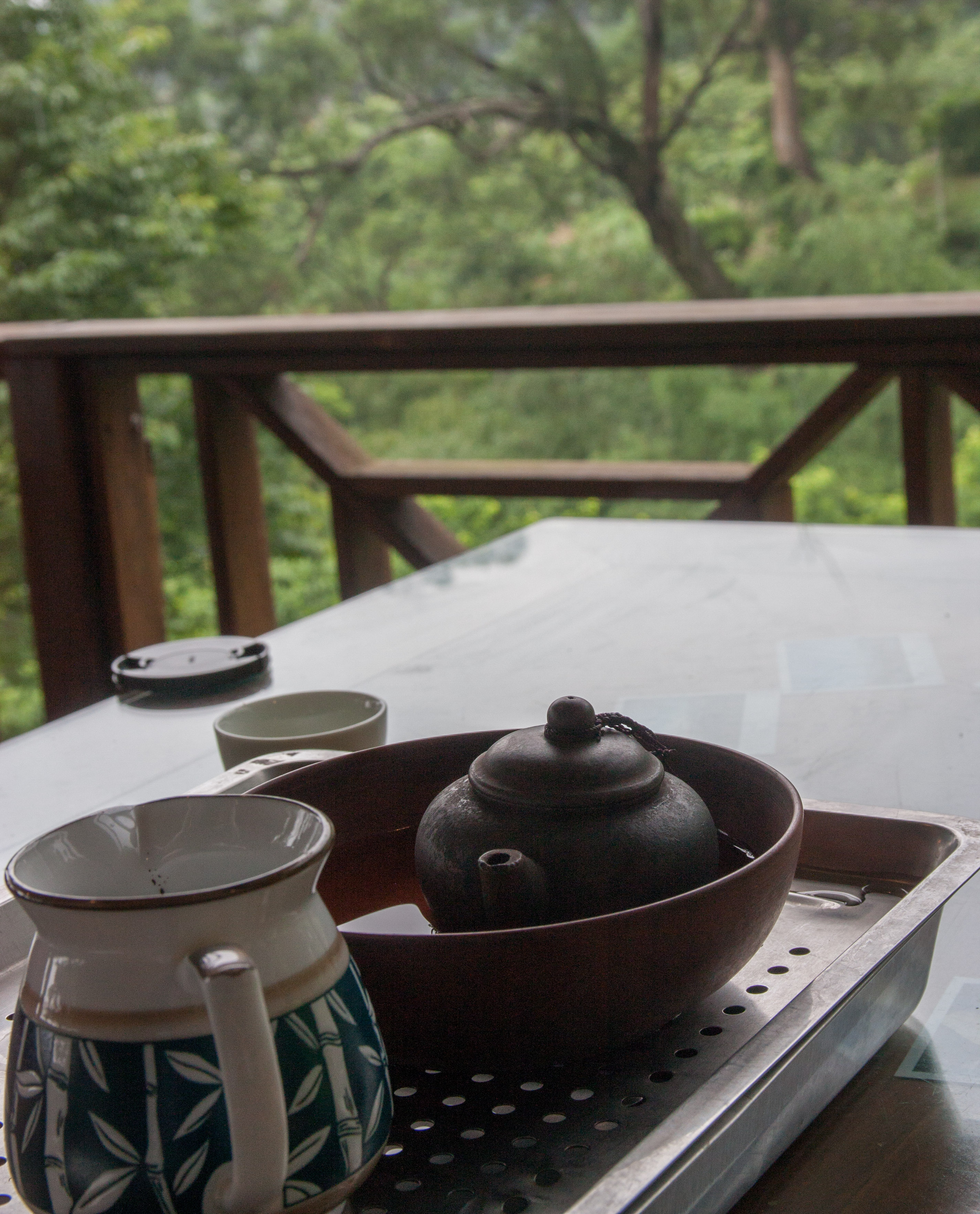
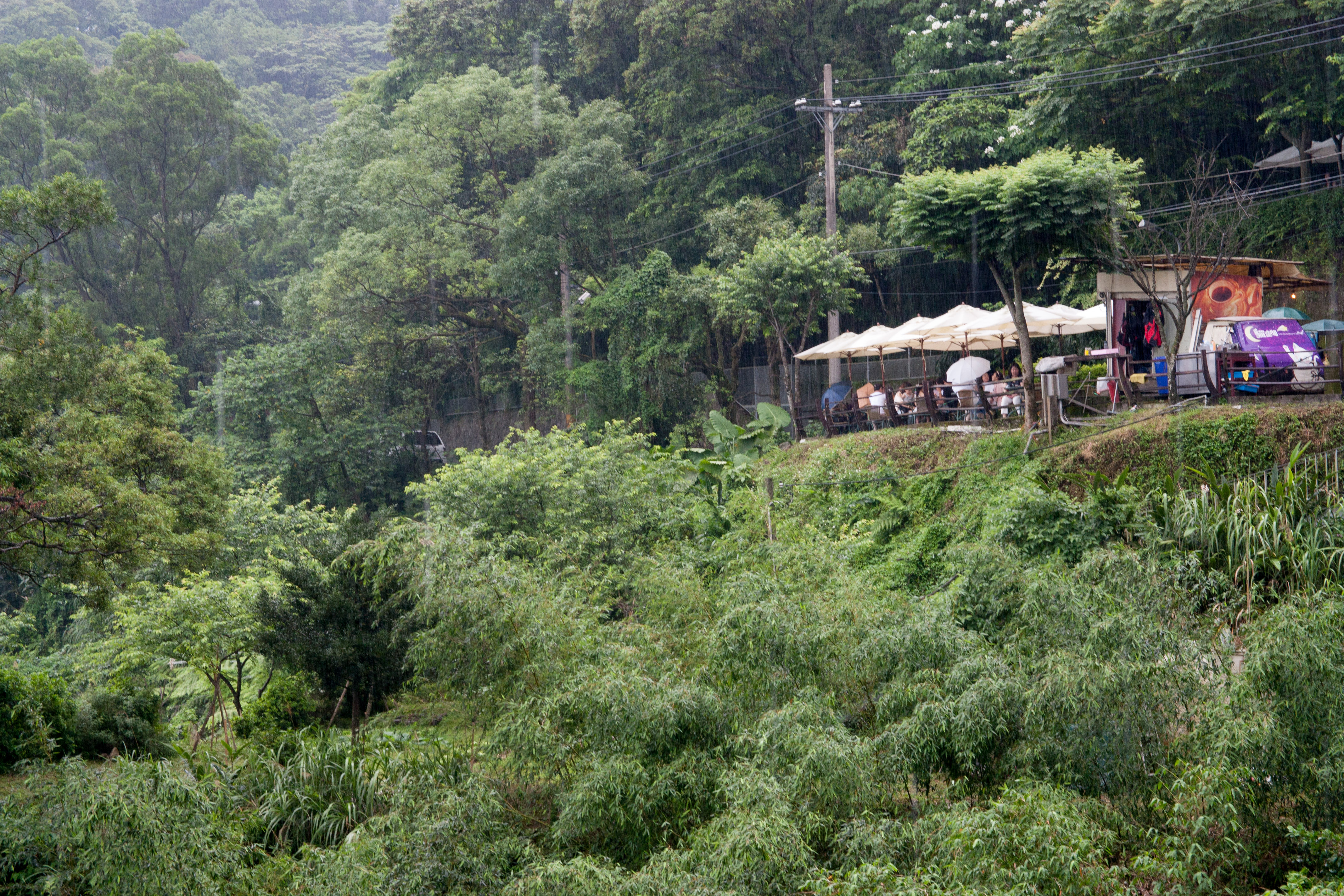
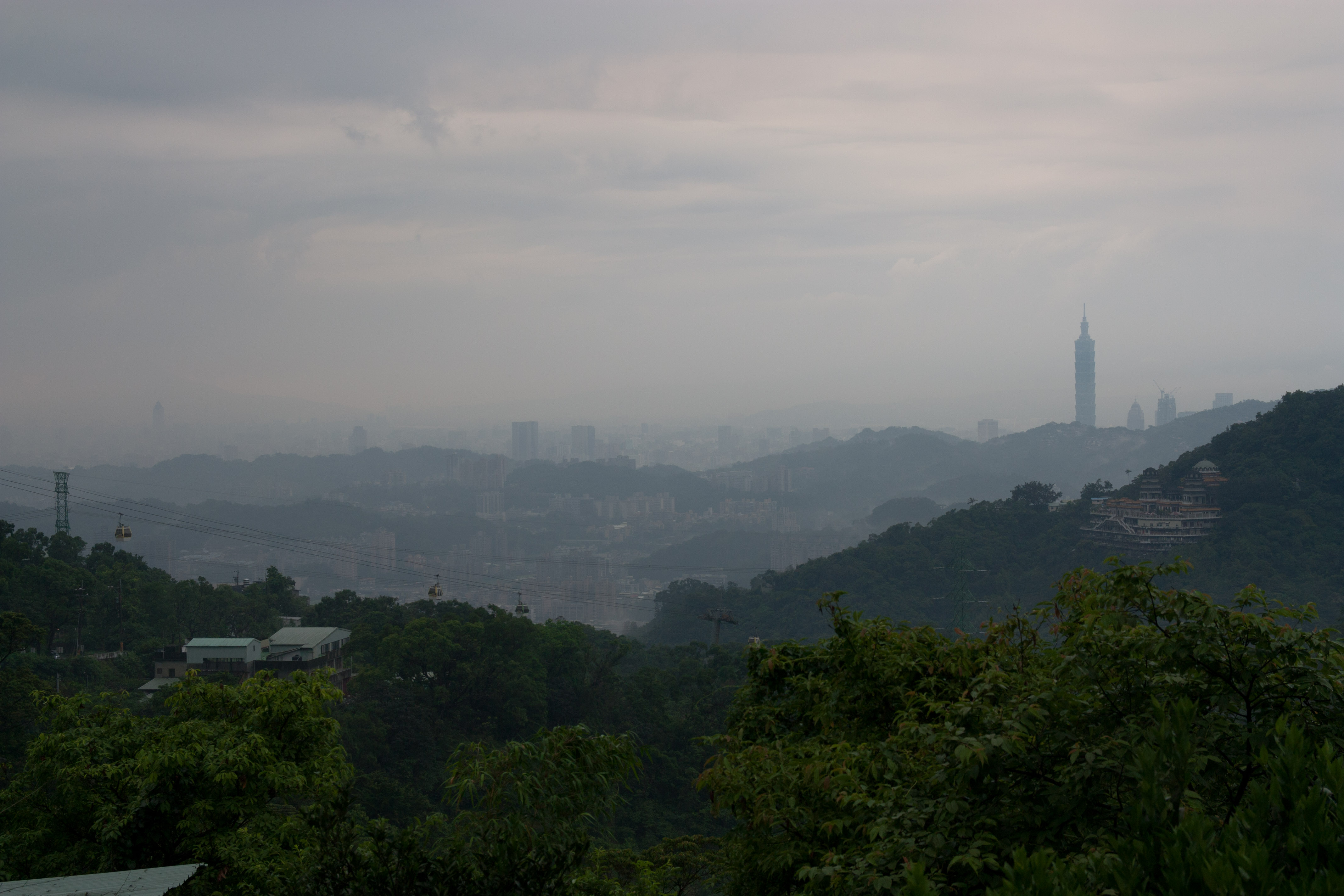
Back in the city, Taipei is famous for its night markets. Although it sounds like many are tourist traps, they are still good fun. As basically huge street food centres, there are some pretty odd things to try along with all the expected snacks.

Taiwan in recent years has become synonymous with one of its most popular food exports-bubble tea and Taiwan Milk tea. 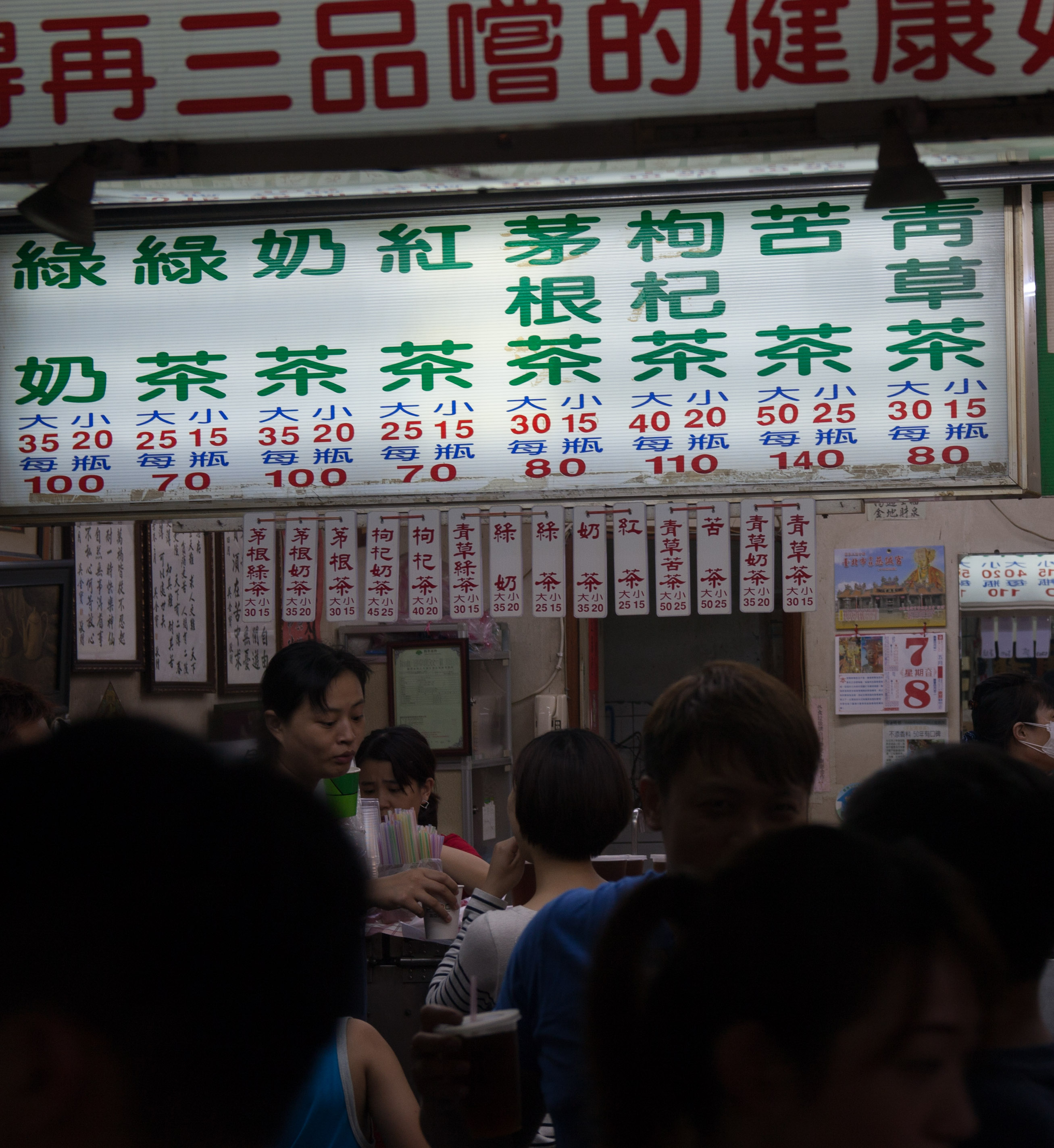
Funnily enough, you get much more of a choice outside of Taiwan. The places in London have an impossible array of flavours, but in Taiwan the choice is essentially standard milk tea flavour, or taro – an ingredient which pops up all over the place in Taiwan)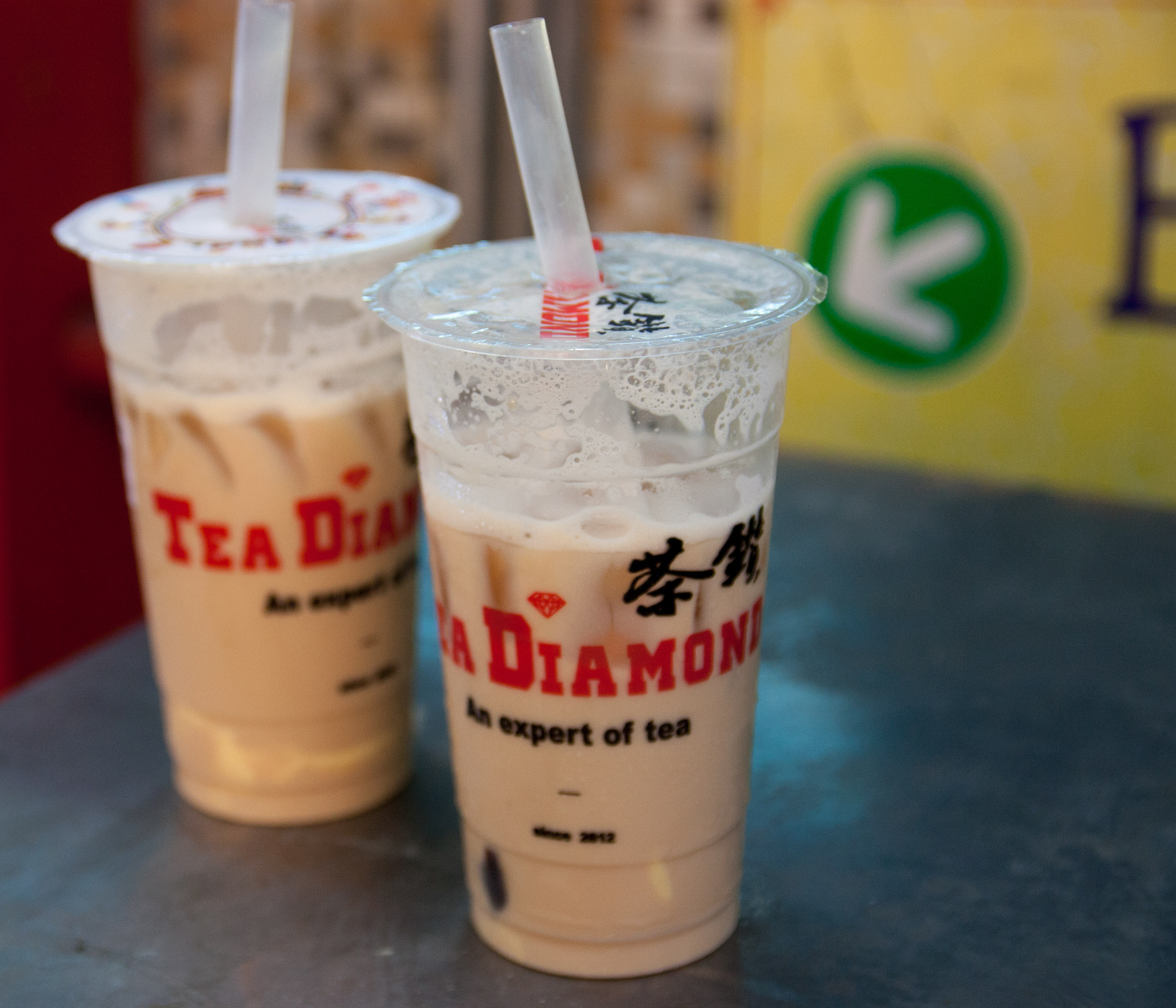
Two milk teas – both with Õ©âõ©ü, ‘pudding’ rather than tapioca bubbles.
Where things felt a bit more genuine and less touristy was an underground food hall running below the main market.
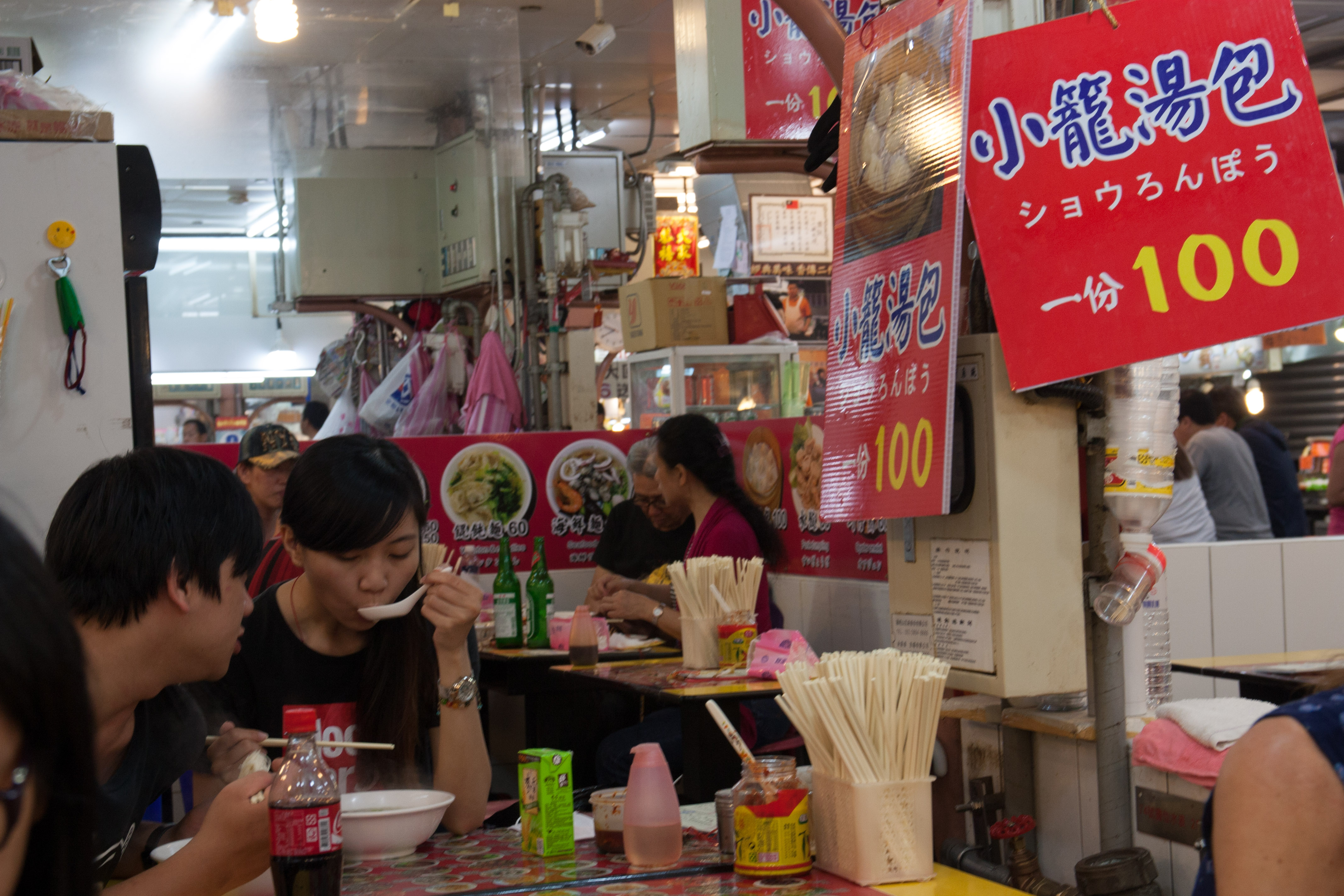
Although I’m no expert, downstairs the food seemed pretty genuine – a bit less for show and a bit more real.
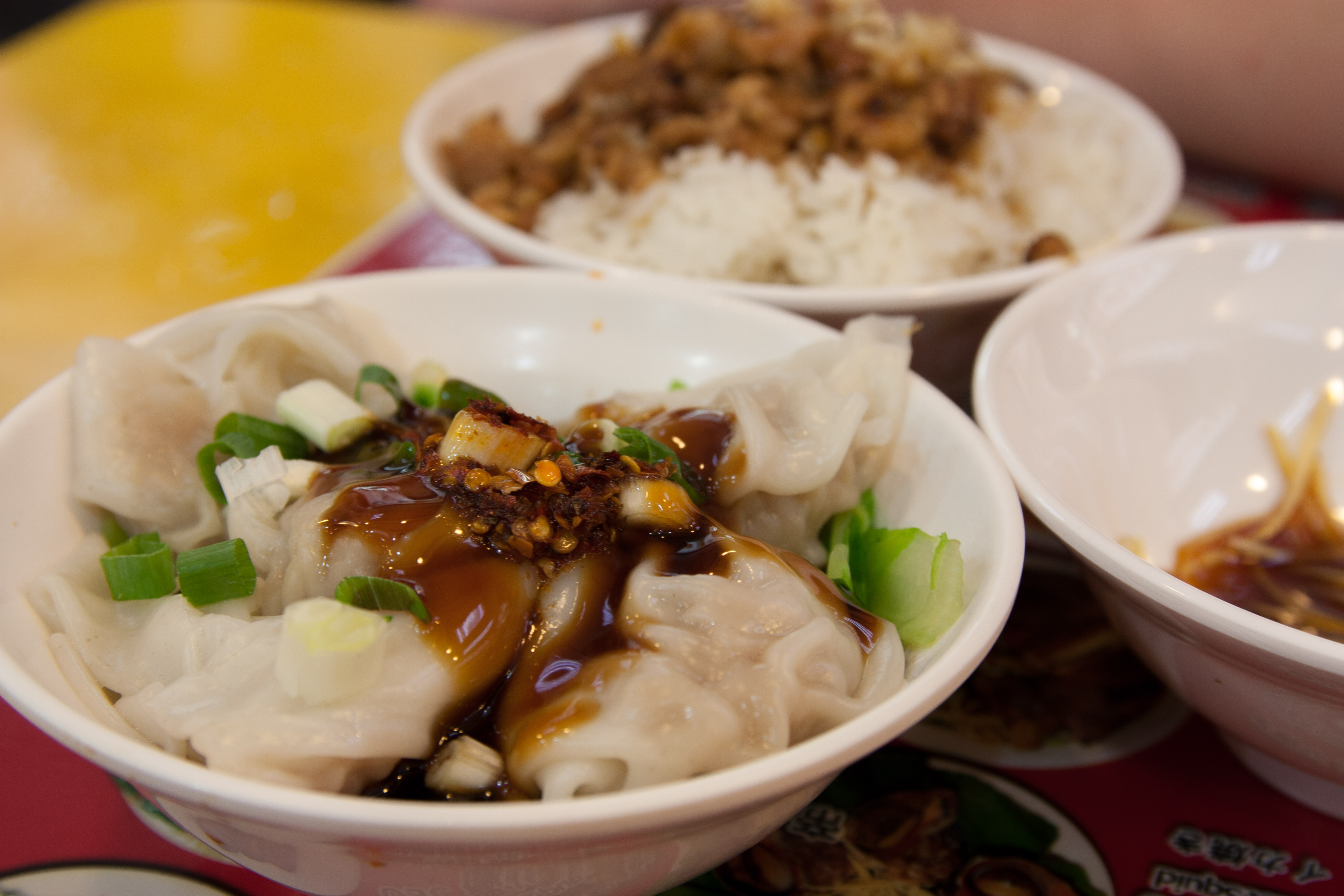
Won tons aren’t hugely common in Beijing, where dumplings are king, but Taiwan certainly did a good job of them.
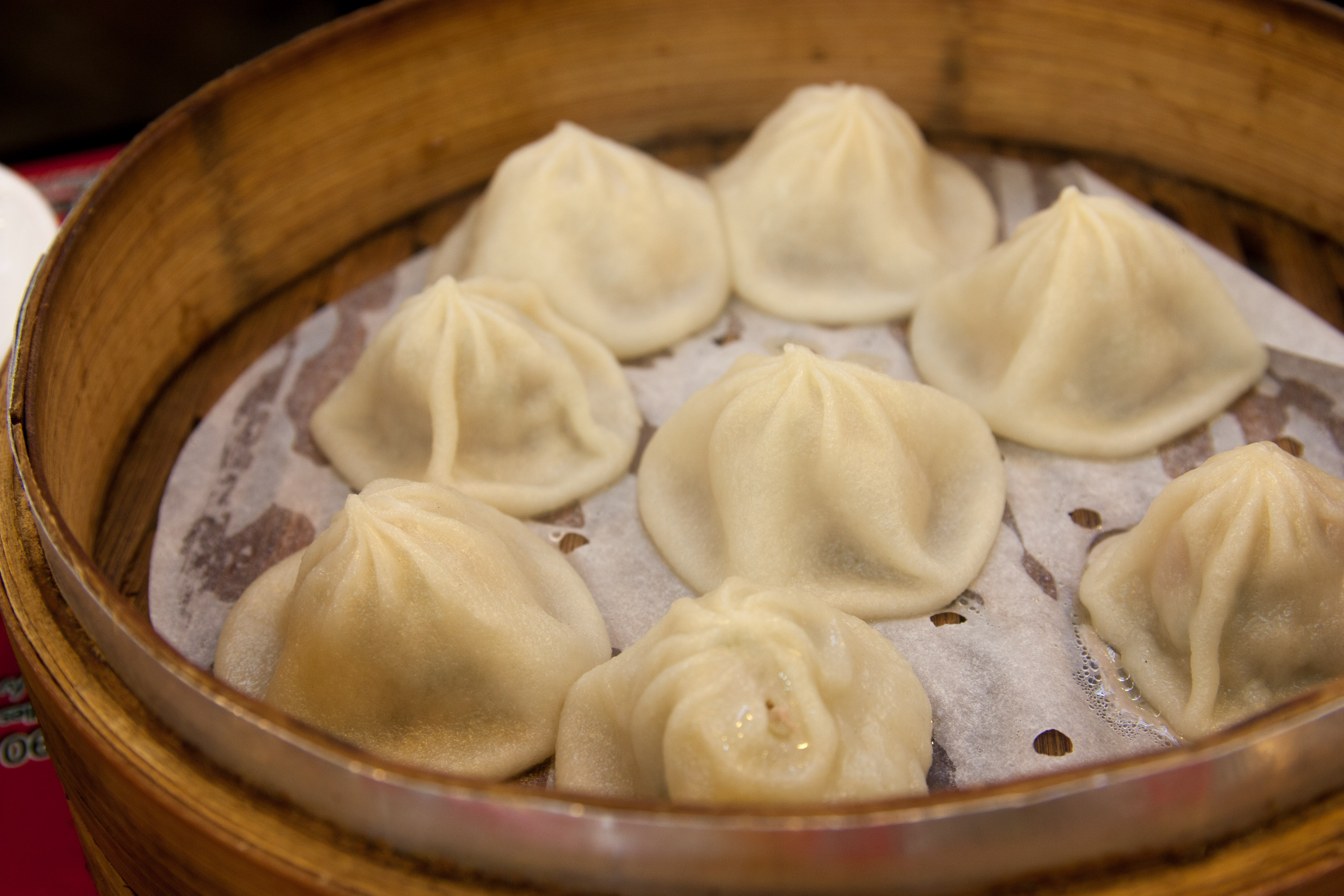
Õ░Åþ▒áÕîà, Soup dumplings are a Taiwanese speciality. There is actually somewhere in Taipei a restaurant devoted to these snacks. There’s just enough soup in them so that eating them is still pleasant – I’ve had large-sized soup dumplings before and they don’t work. This kind however is rightfully a speciality.
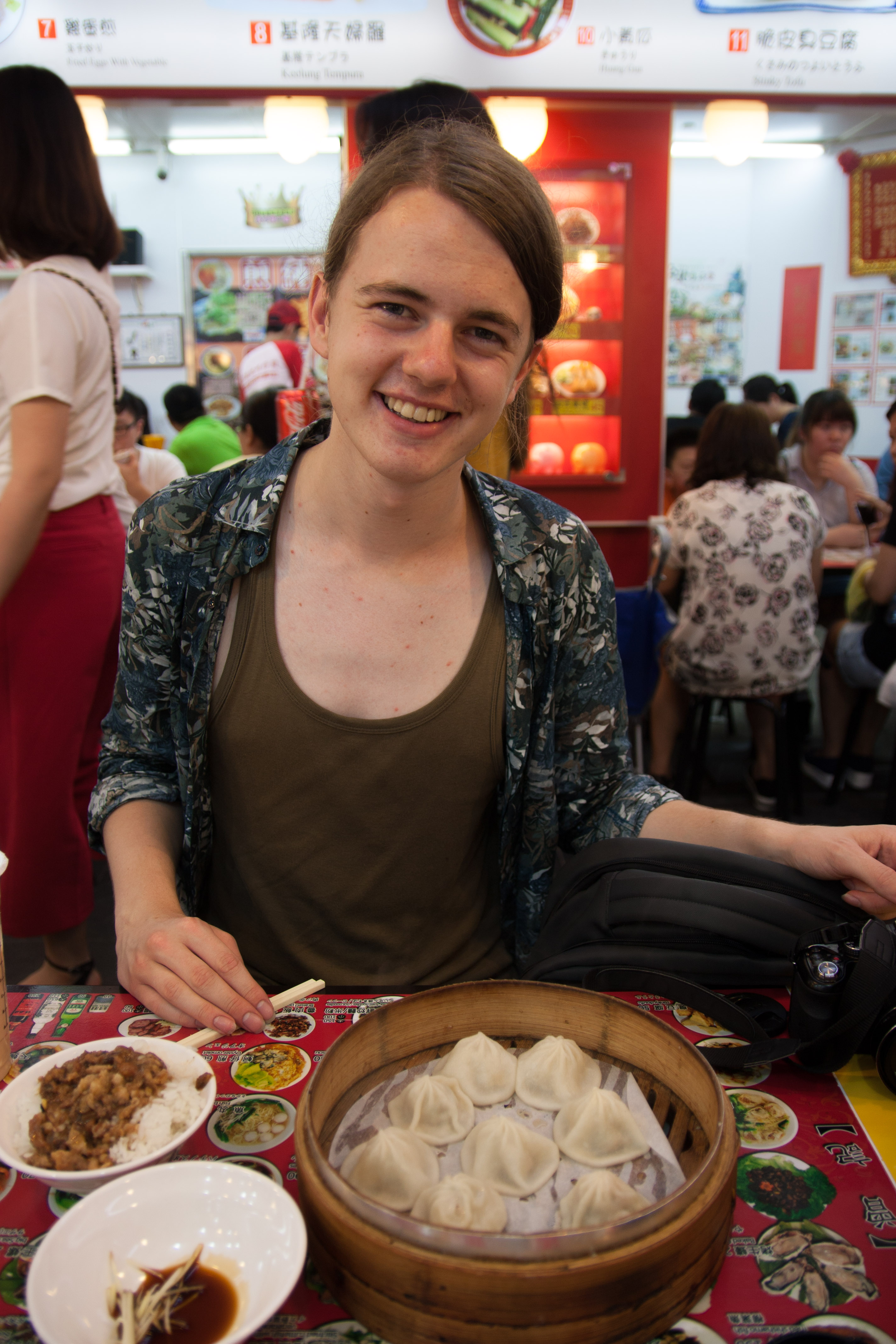
Here’s my friend Mark, feat. food.
Taiwan, being an island, is also famed for its sea food. This market was no exception. I didn’t get any but those oysters look fabulous. It’s a hard life trying to cut down on meat and fish, especially when travelling.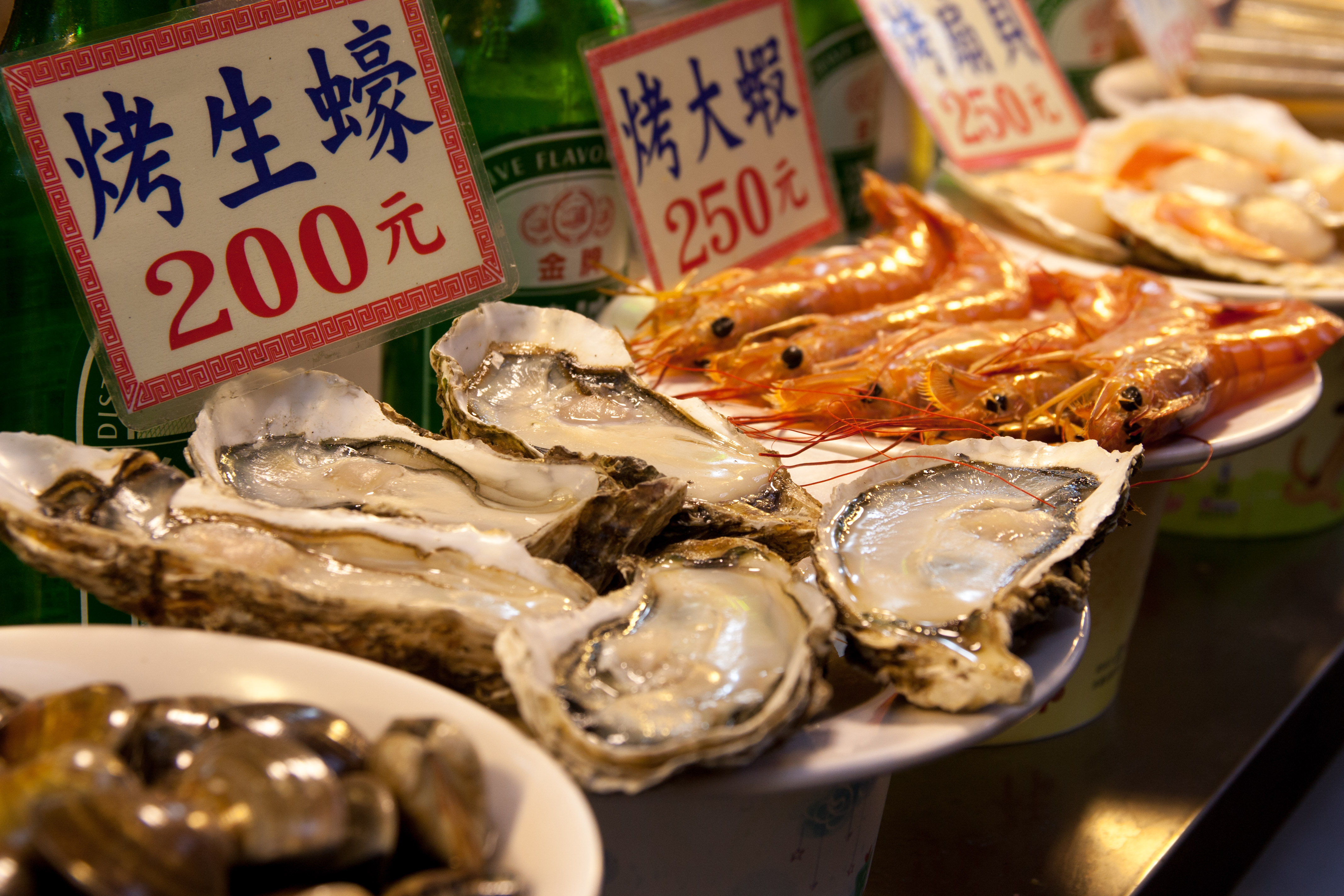
But then you see these guys and remember why it’s important to eat less. Vats of live seafood with hardly any space to move seem to be a common sight across Asia.

Hard at work making something – looks like dumplings, but could be anything…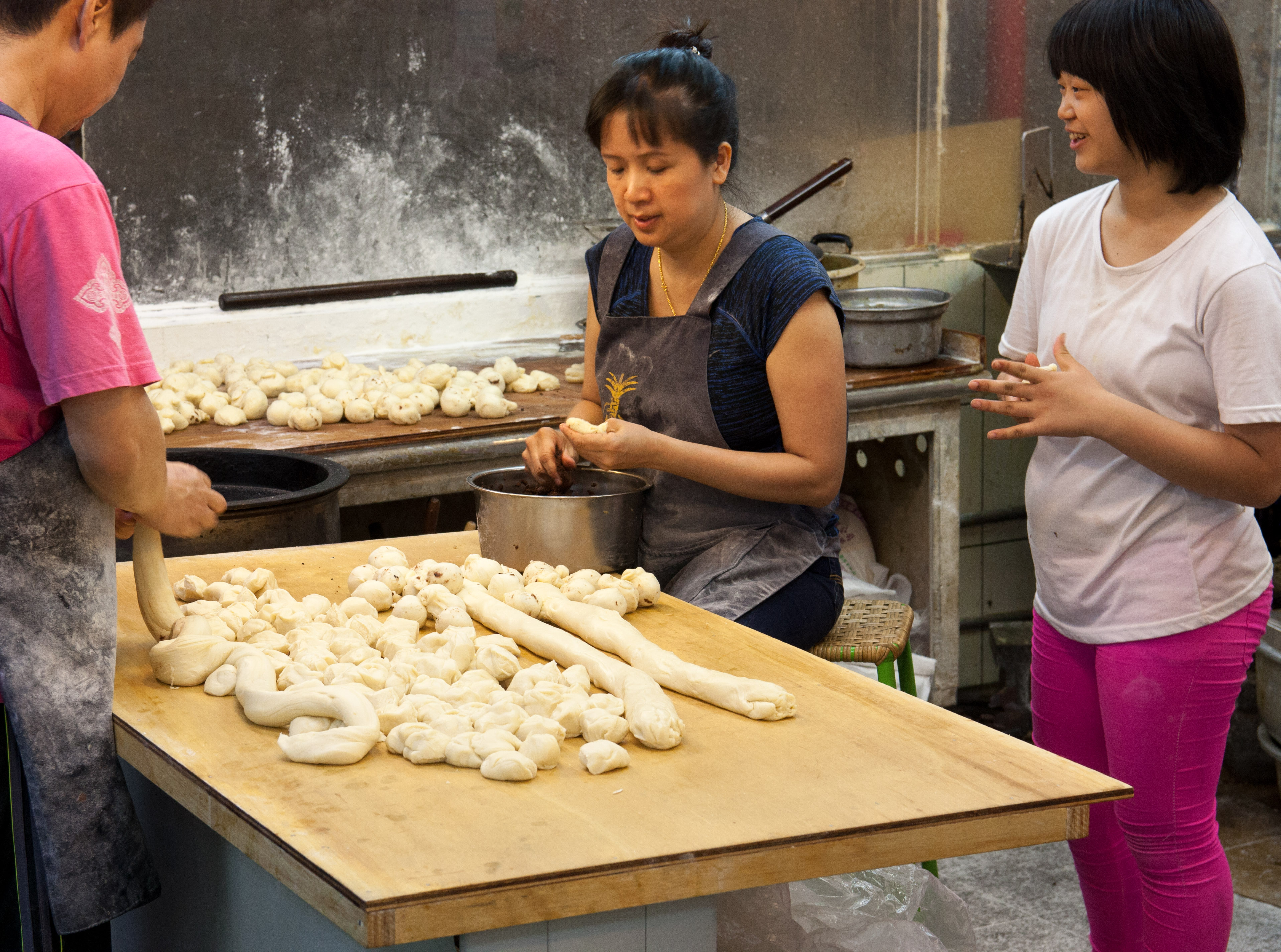
A view down the underground part of the Shilin Night market.
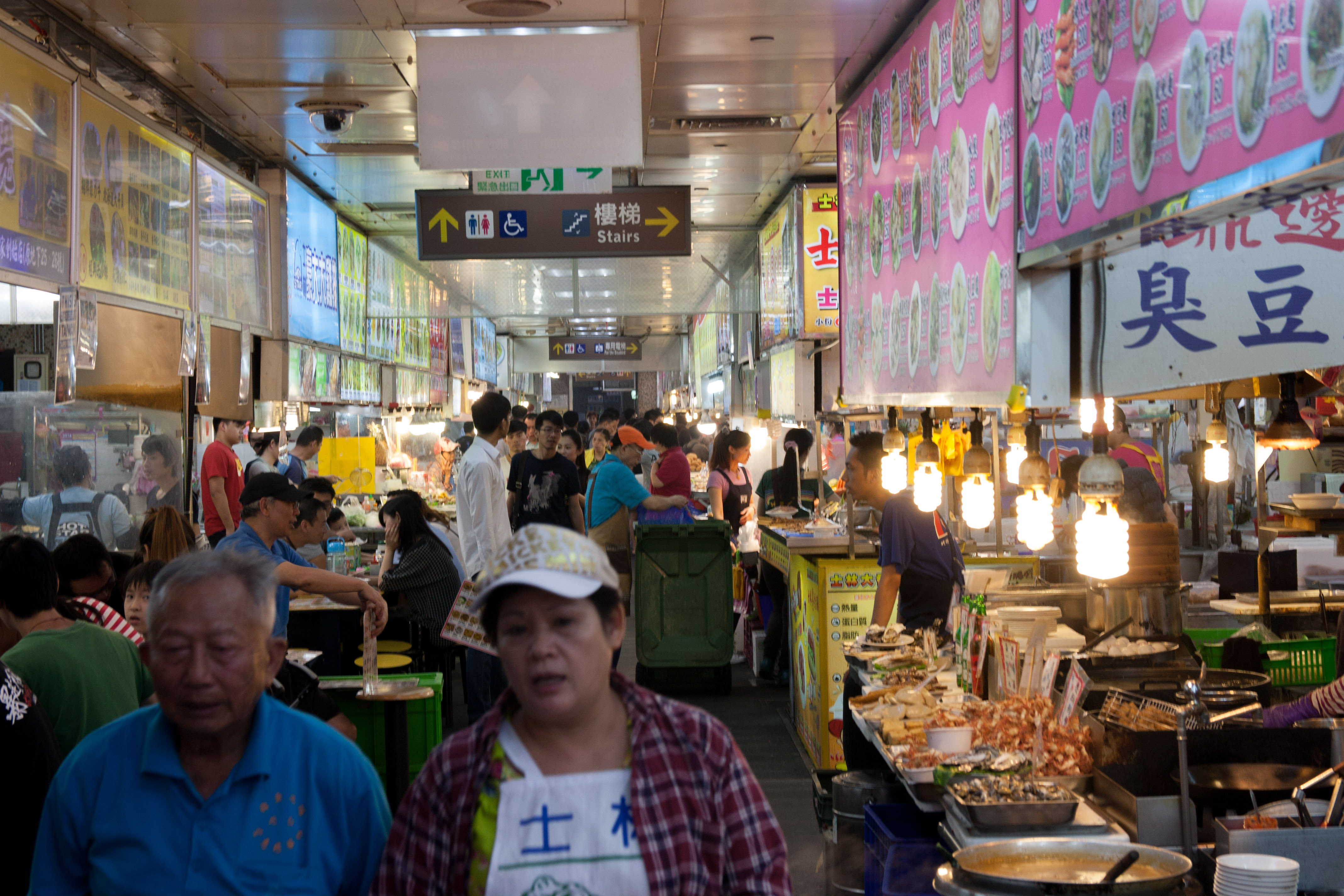
The last stop on this short trip to Taiwan was Jiufen, a small town just outside of Taipei made famous for apparently being the inspiration for the town in Studio Gibli’s ‘Spirited Away’. If you’ve seen the film (and if haven’t, go watch it now. It’s a wonderful film), you can no doubt recall a traditional town of winding streets with buildings towering over each side, abundant with food stalls. Add some nearby mountain scenery and you’ve certainly got Jiufen. As far as I could tell, there were fewer spirits, but there were a few temples dotted about at least.
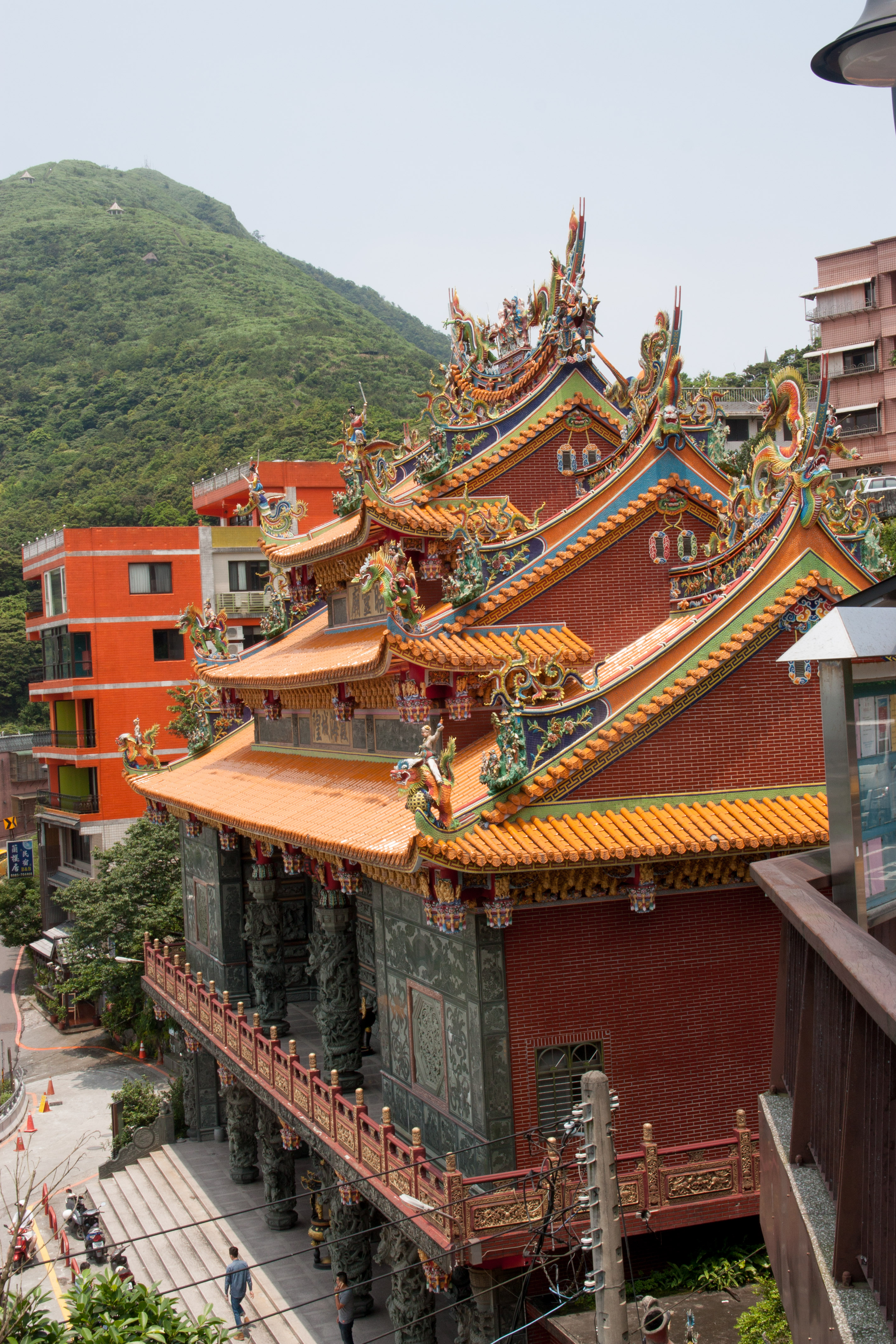
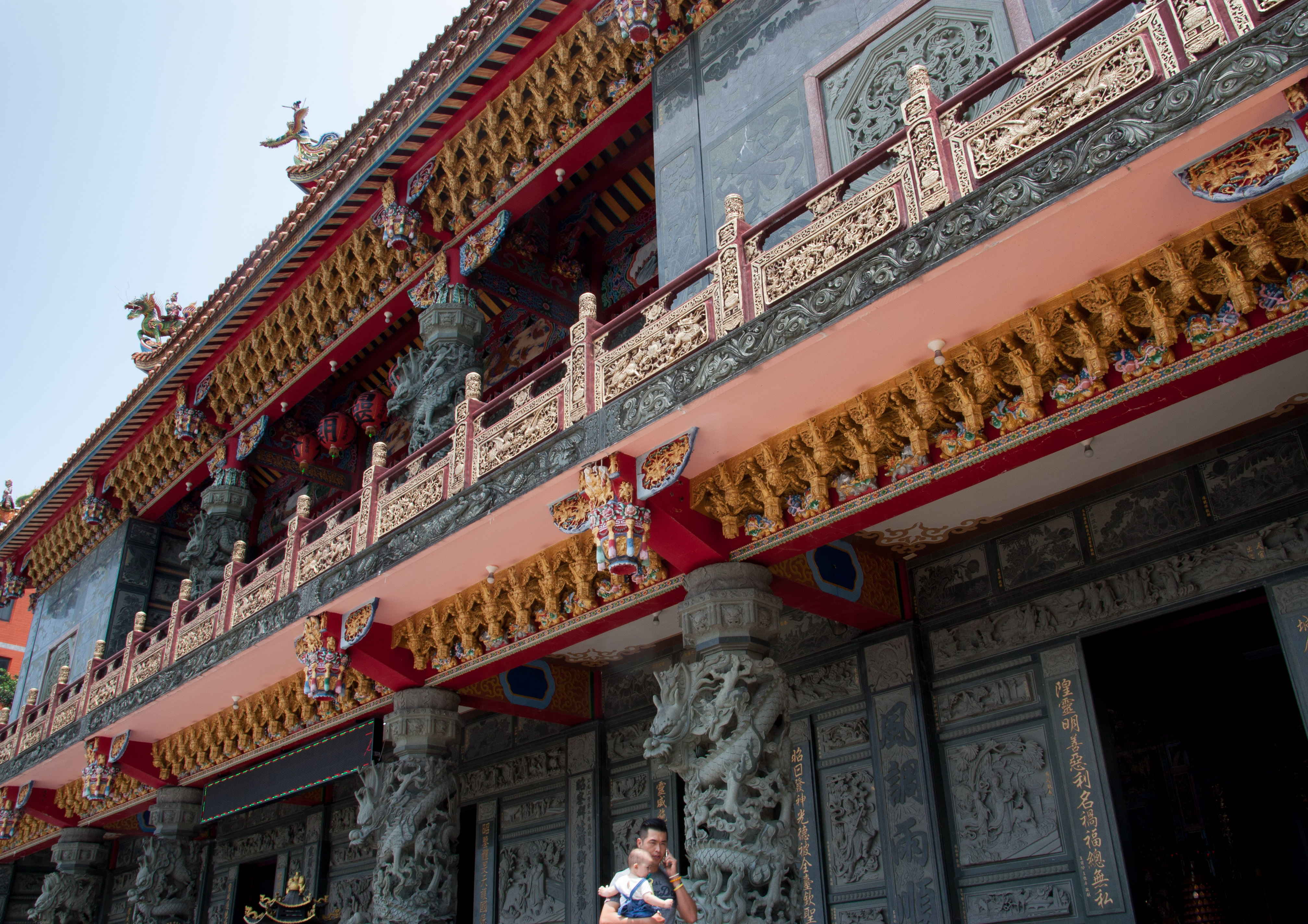
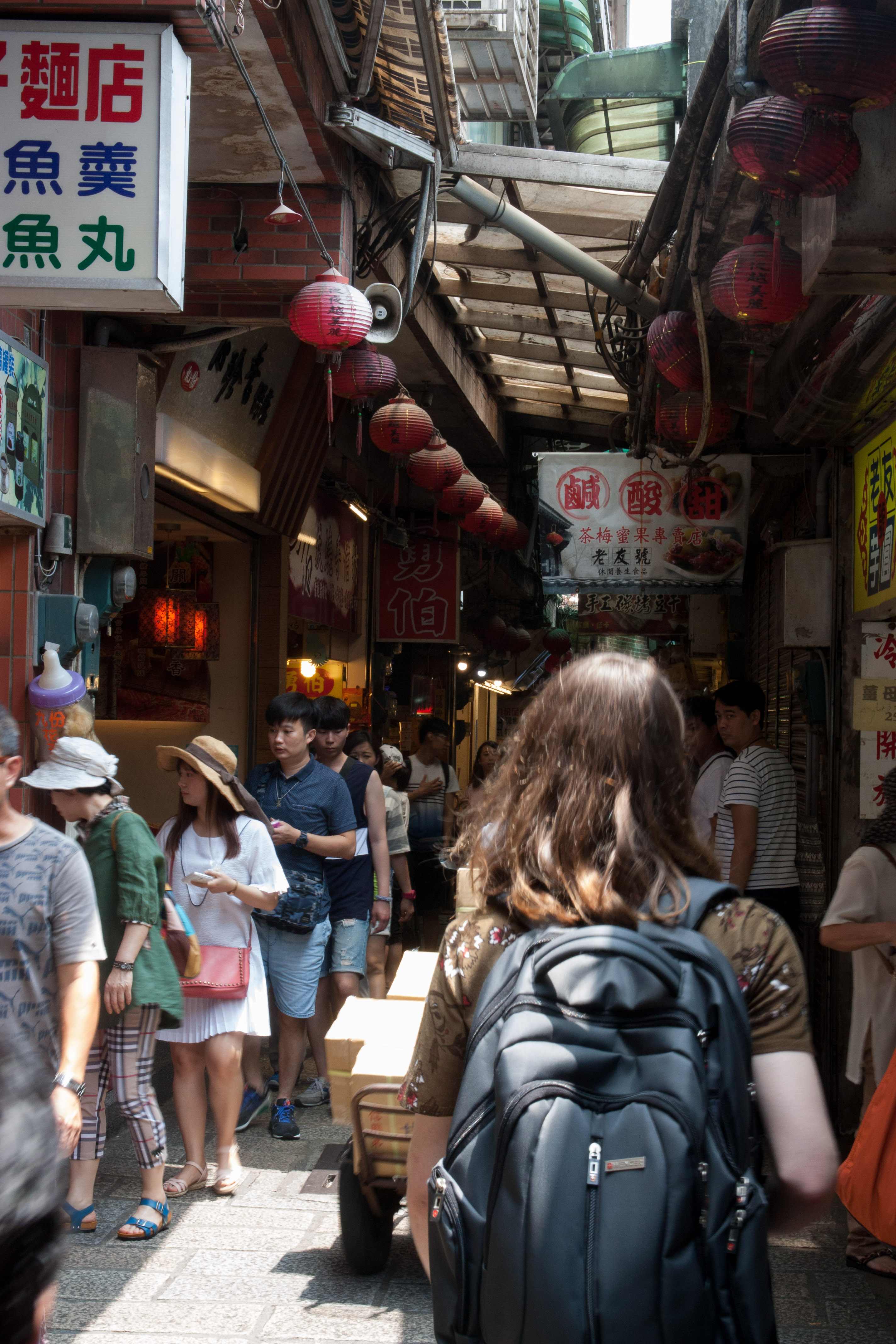
Honestly speaking, it was the staff in some of the eateries that made me think of spirited away the most. I don’t know why, but the boss of this place just made me think of the tough, slightly bossy workers in the wash house in Spirited Away.
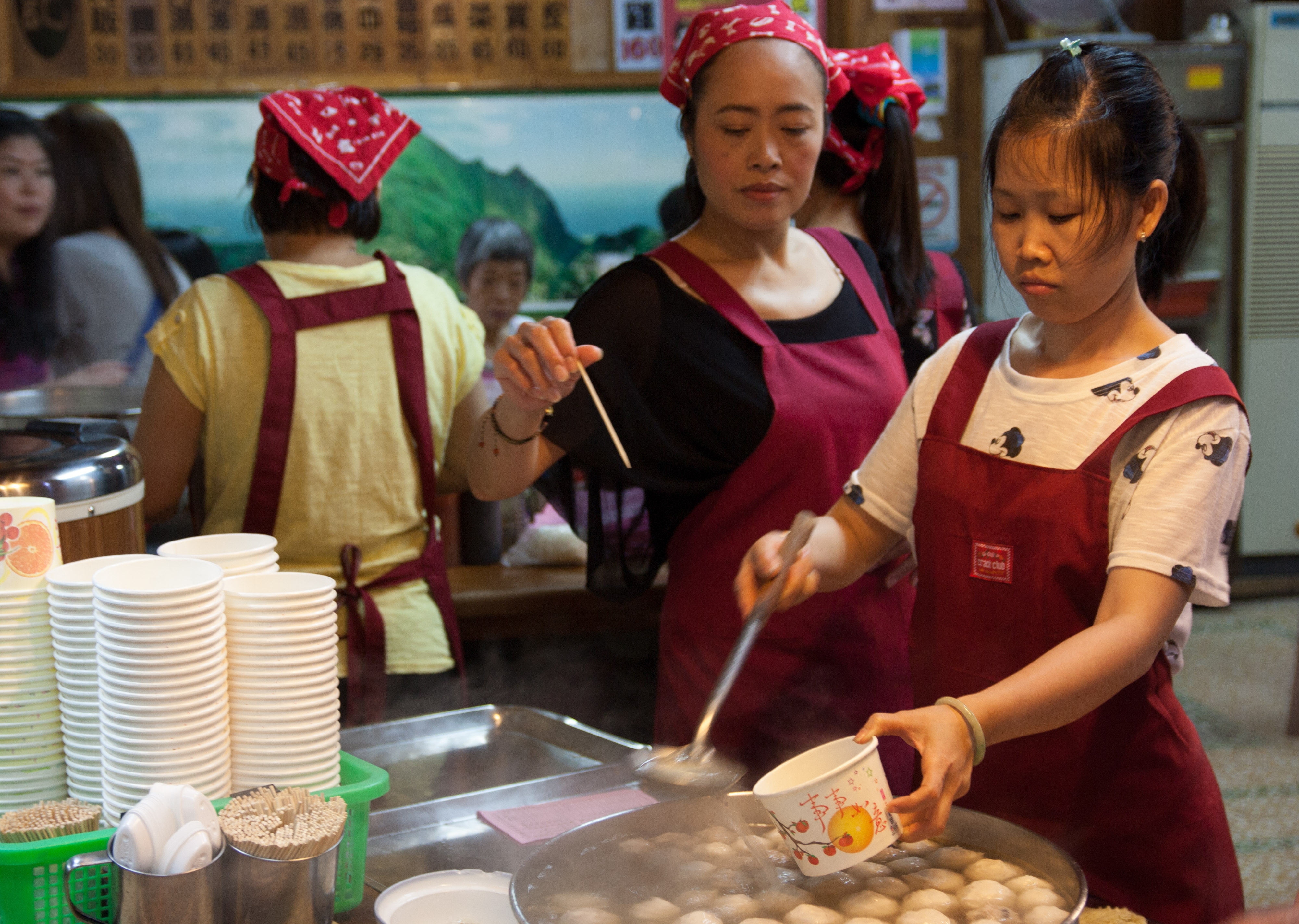
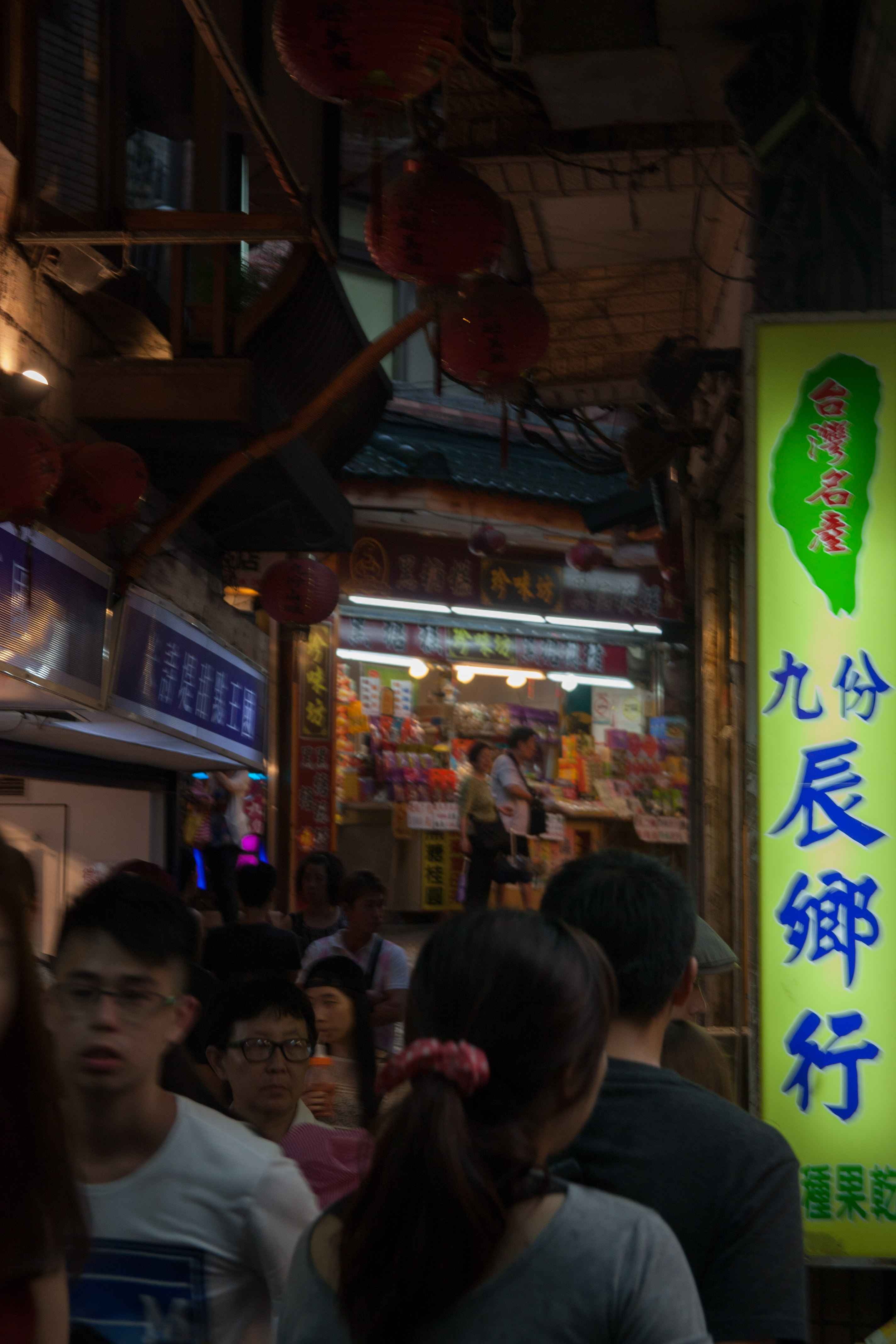
My favourite stall however wasn’t a food place, but this man and his home-made ocarinas. Not only where they the prettiest Ocarinas I’ve seen, but they sounded perfect. I almost bought one, but I didn’t want the risk of it breaking on the way back in my already limited luggage space.
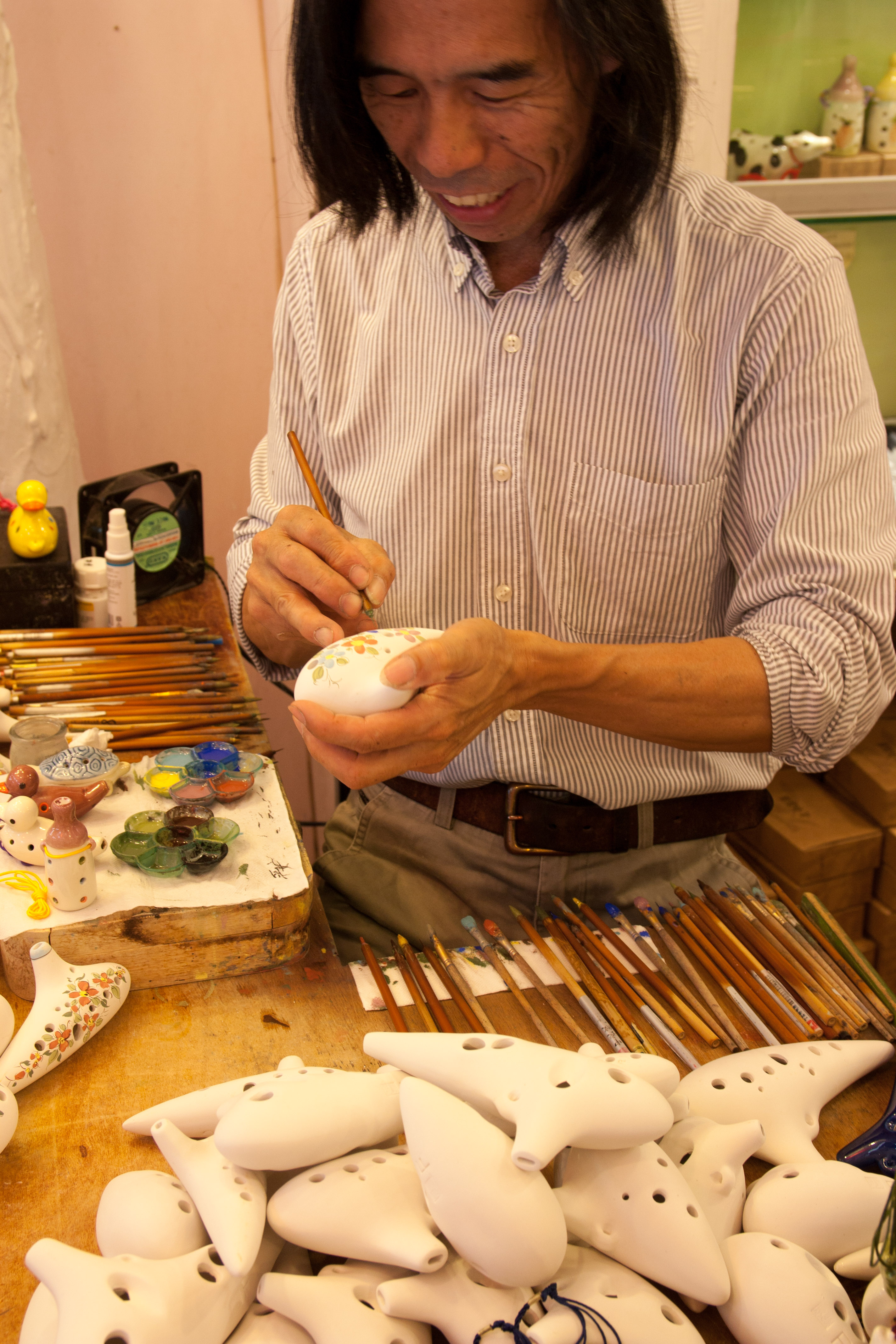
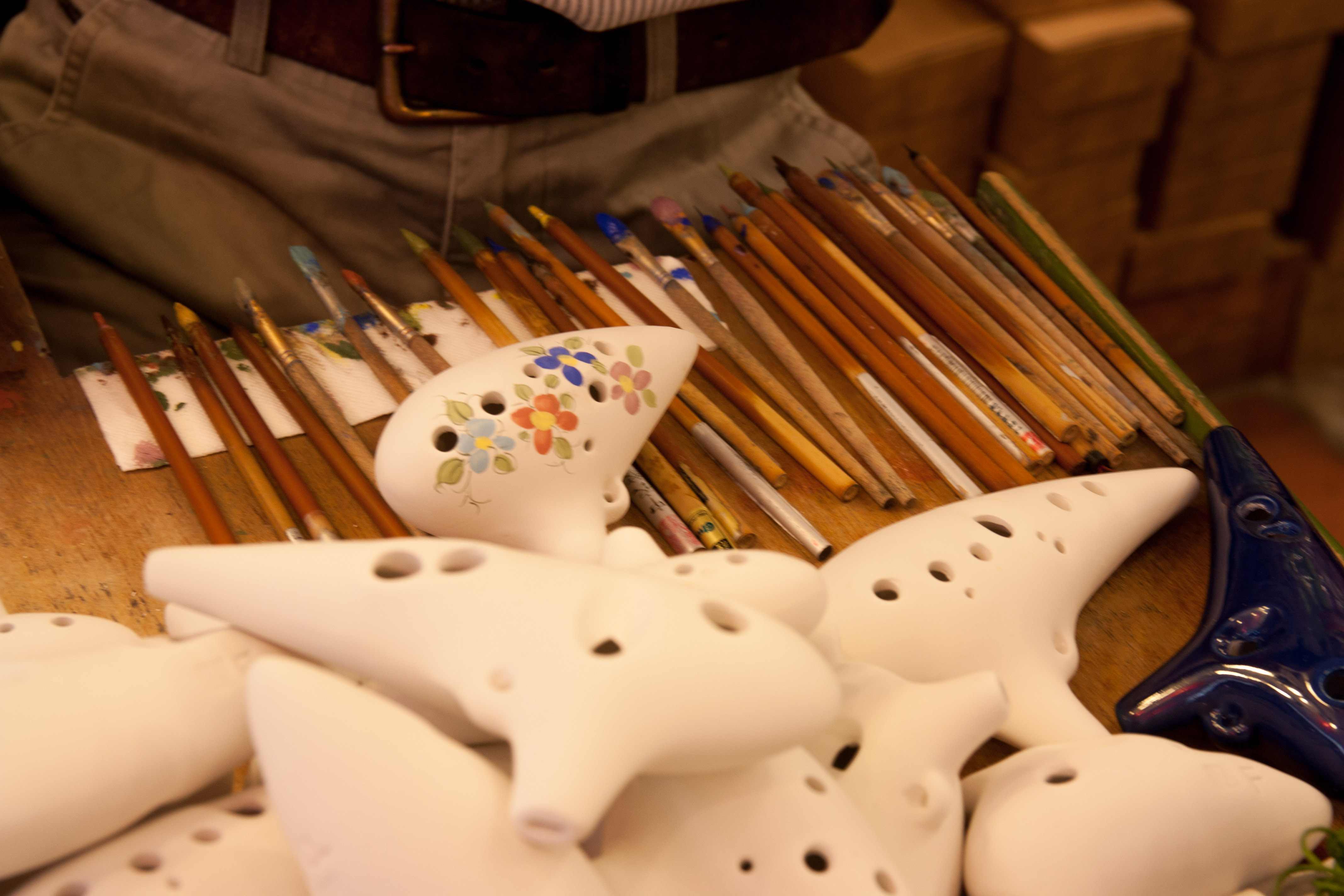
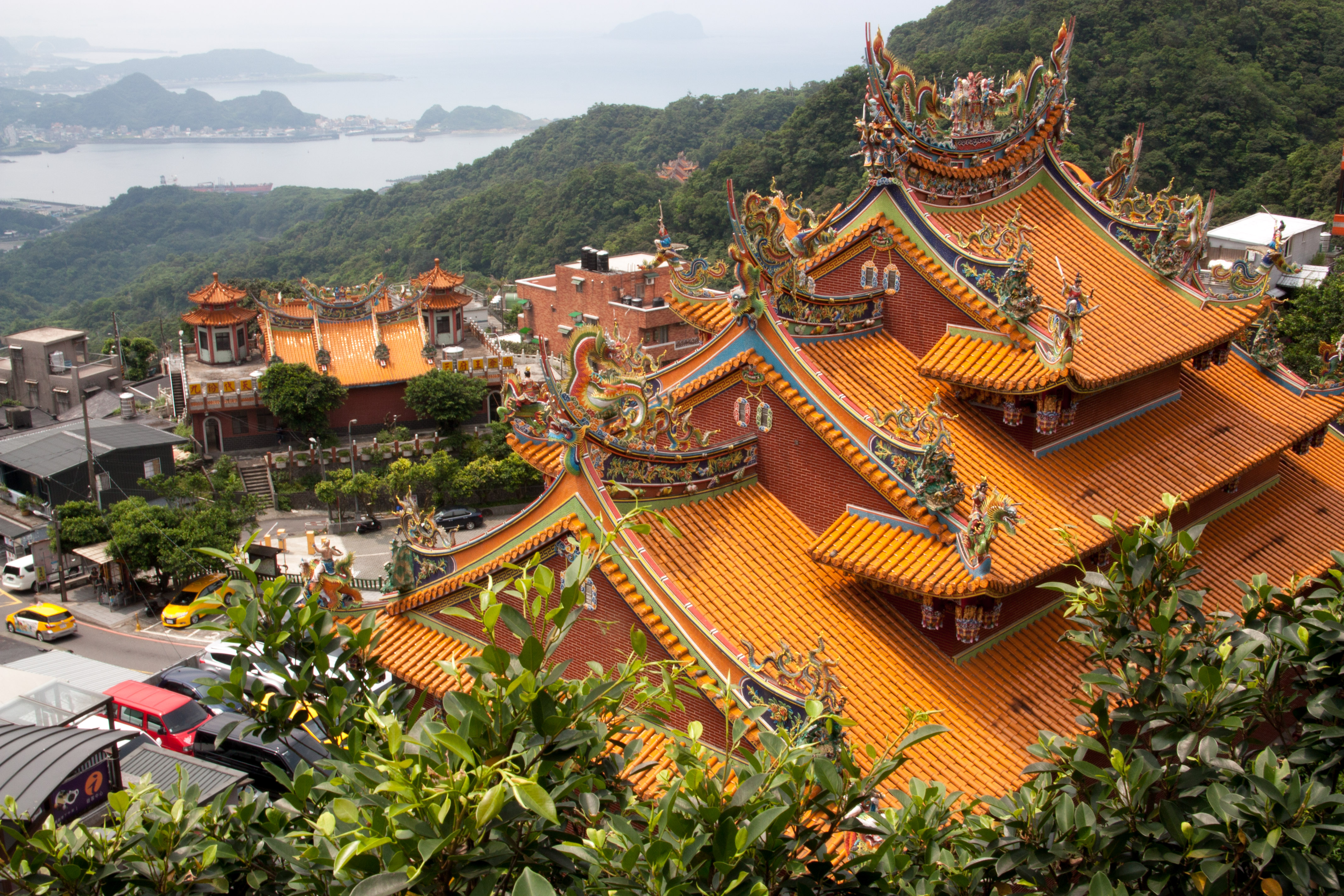
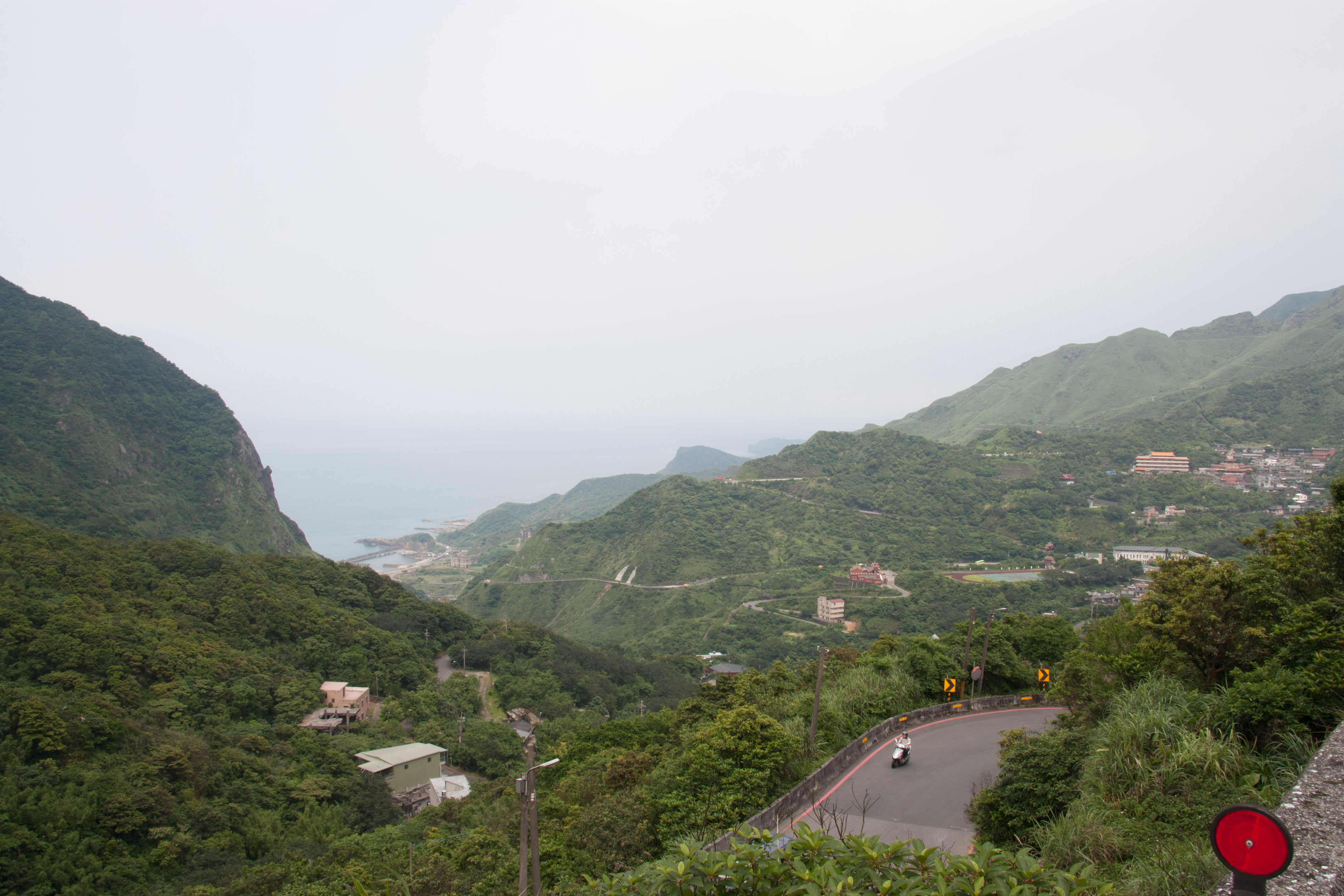
just outside of Jiufen itself was a path up the tallest hill in the area.
The way up, there was an old grave site, and I’m sorry to say there wasn’t much left of it. I found this particularly strange considering the reverence for family and ancestry in Asia. Perhaps it wasn’t respectful to take a photo of it and paste it onto my blog, but I’m still left wondering what the cause was. I just don’t see it being mindless vandalism because of the importance of such places. Very much a sad mystery.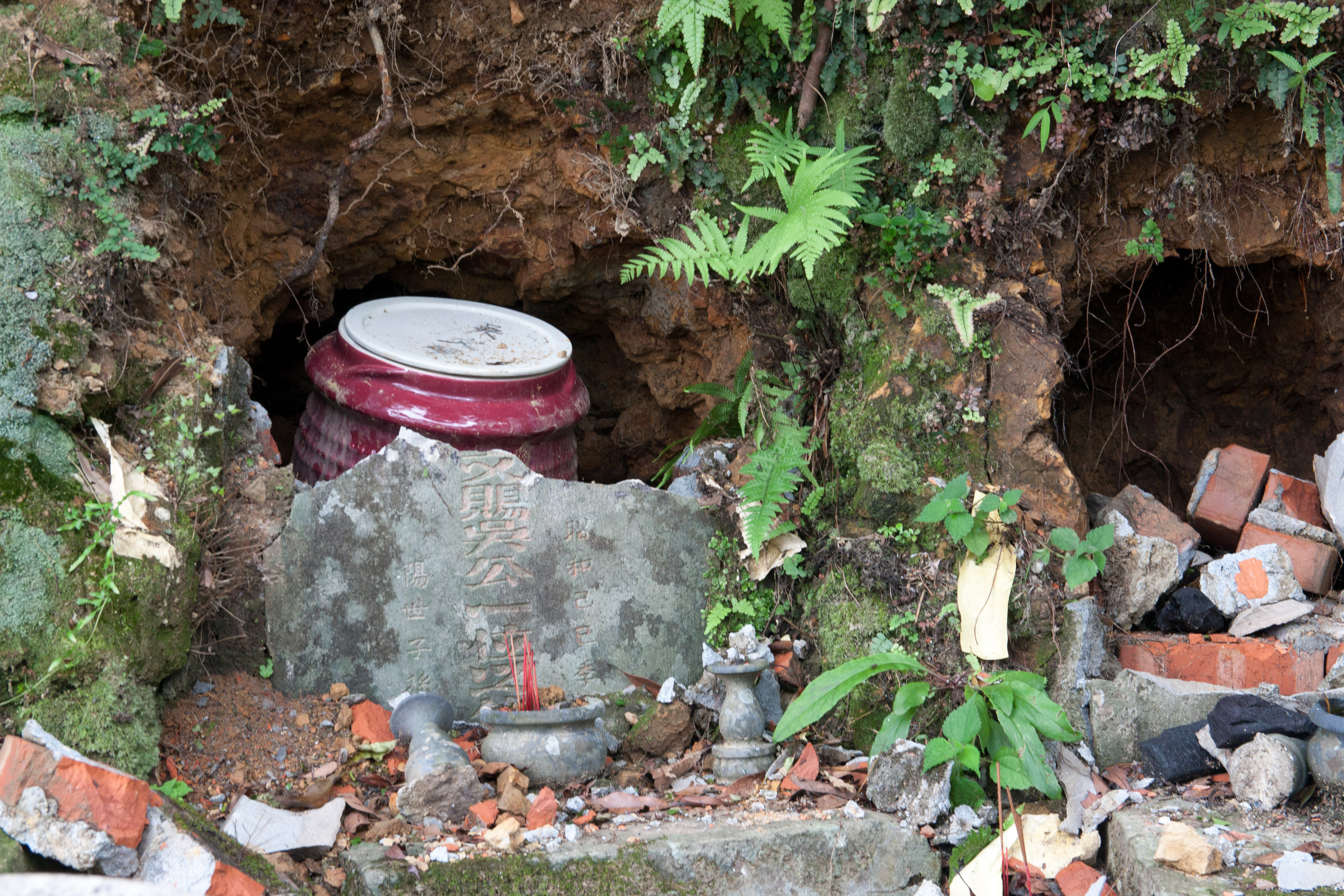
The route up betrays views occasionally over the town below.
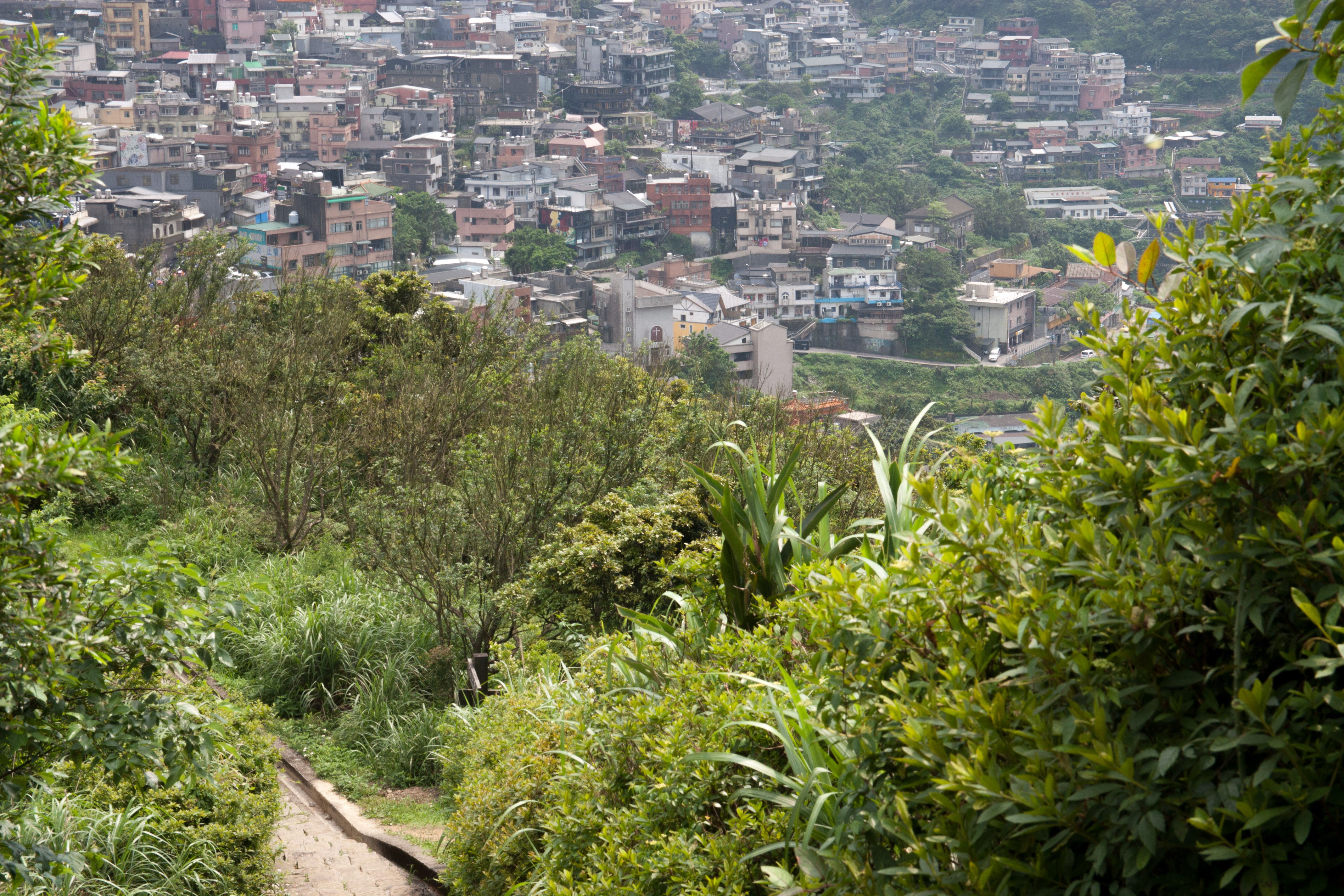
From a distance each of those small buildings looks like a home, but if you look more carefully you’ll see they are actually all very ornate graves. As I said above, Asia respects ancestry.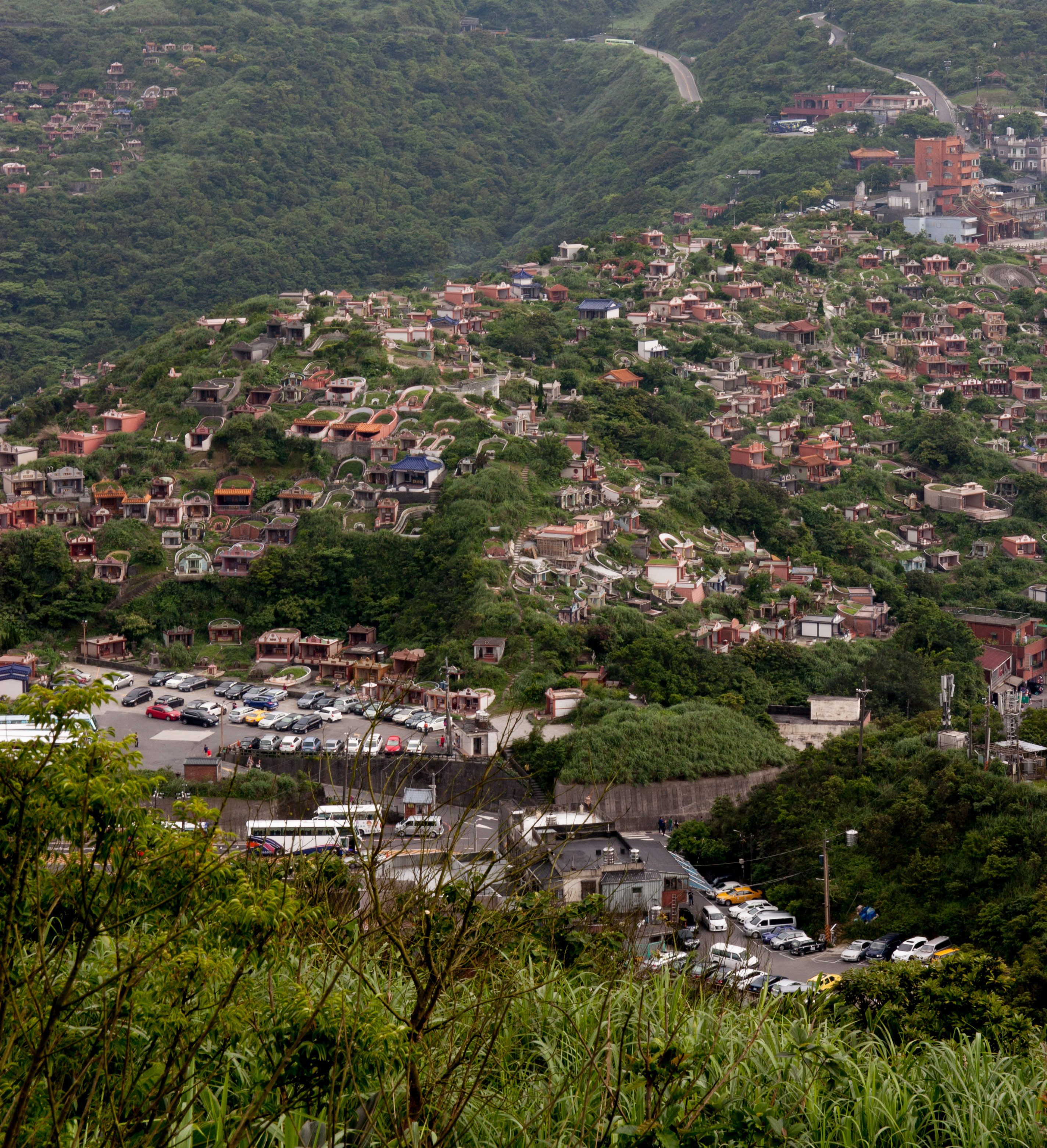
For me, being on a mountain away from the mainland meant seeing nature again. I honestly sometimes think that nature has given up on Beijing, and when I do see a lone bird in the sky, I pity it having to fly through the polluted skies. 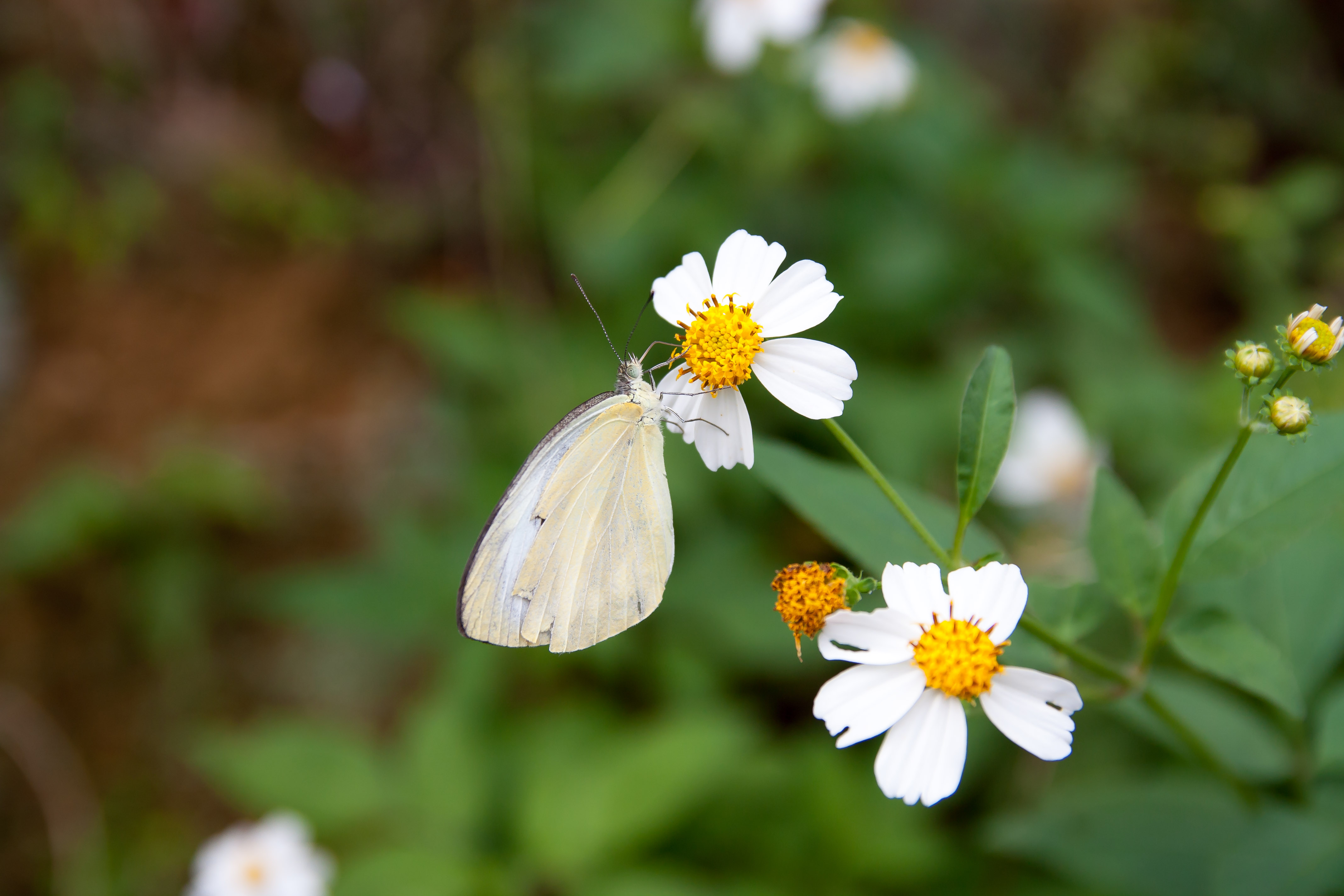
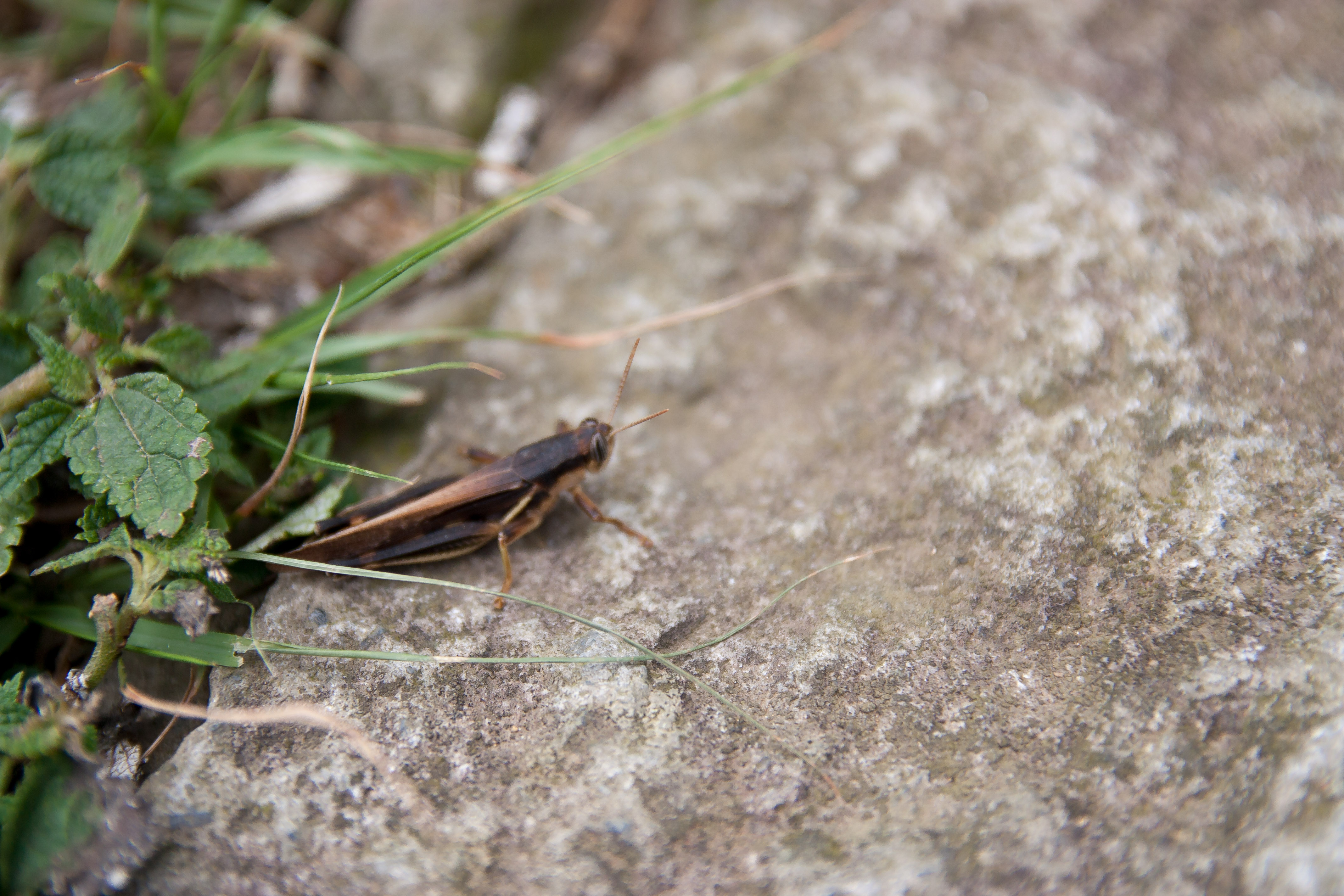
At the top there was a view across the town, but I found the view out west far more fascinating: the view of nothing more.
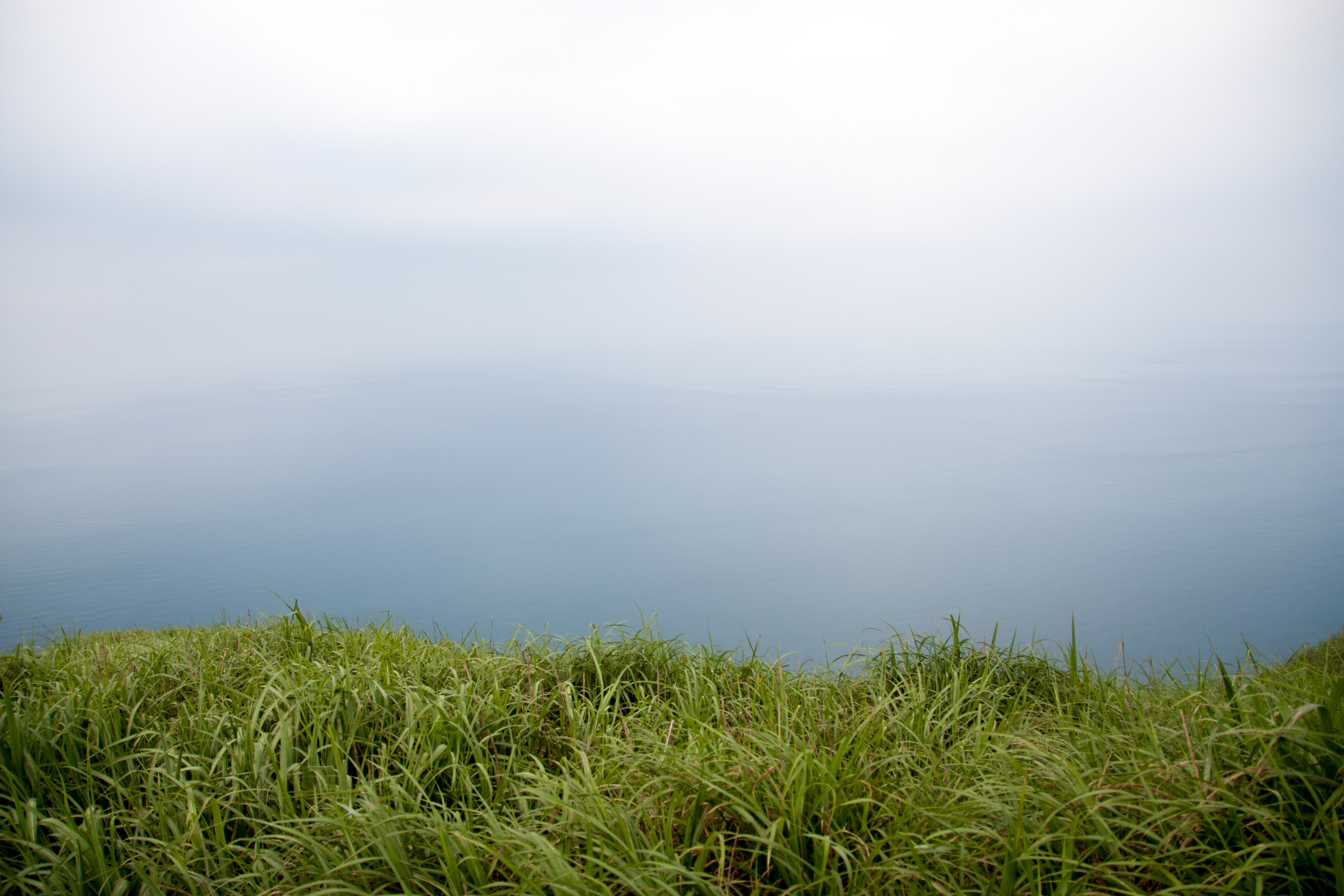
Having reached the east coast of Taiwan, I had truly covered the Chinese speaking world from west to east. From living in Xinjiang two years ago, to standing looking over the Pacific from Taiwan, that felt like, and is, a real journey.
and long may the adventure continue.
My year is coming to a close. I have one more month in Beijing before I head to Hong Kong for the summer. After that, I return to Leeds and go back to being a normal student.
But this short trip to the other China reminded me I still have a long, experience rich way to go.
Skip to content
